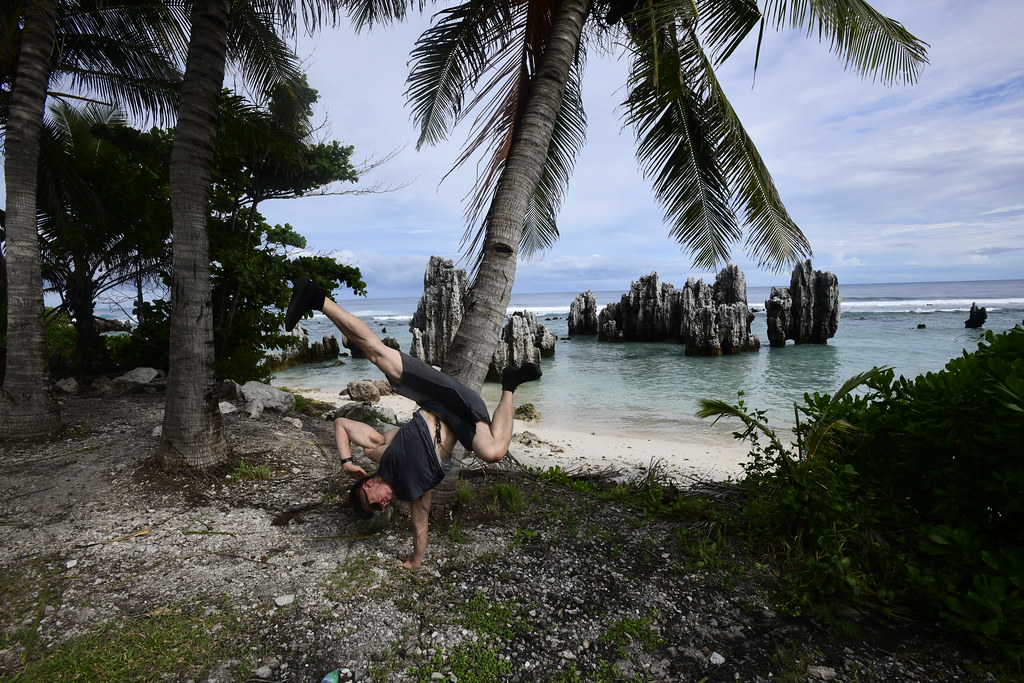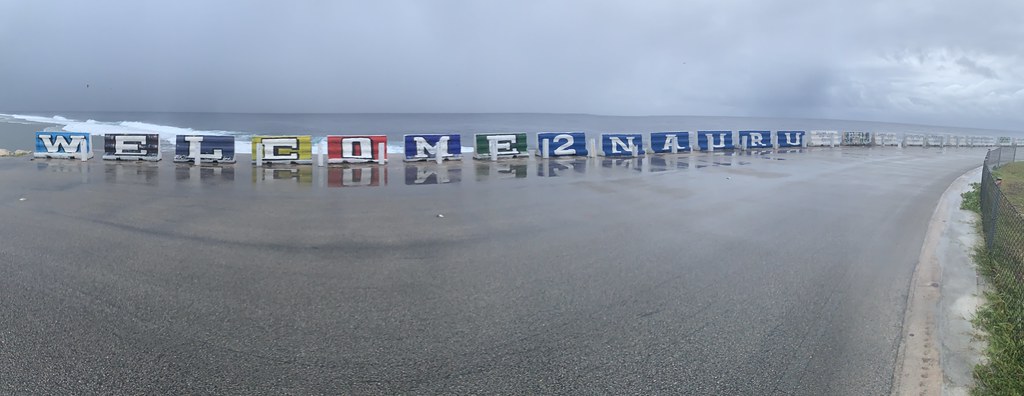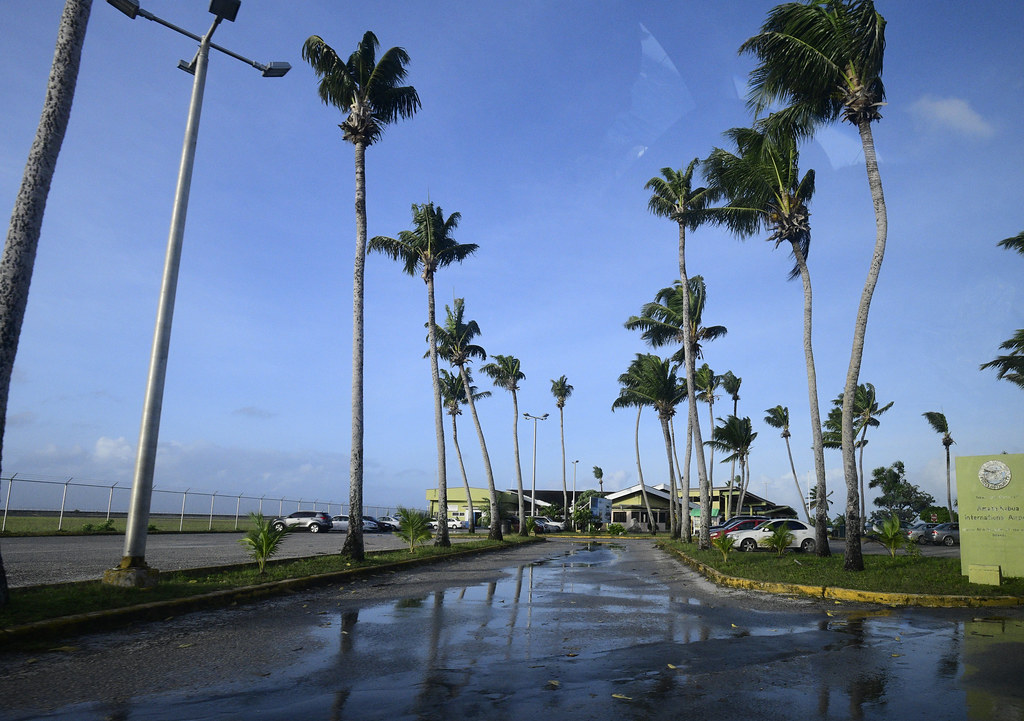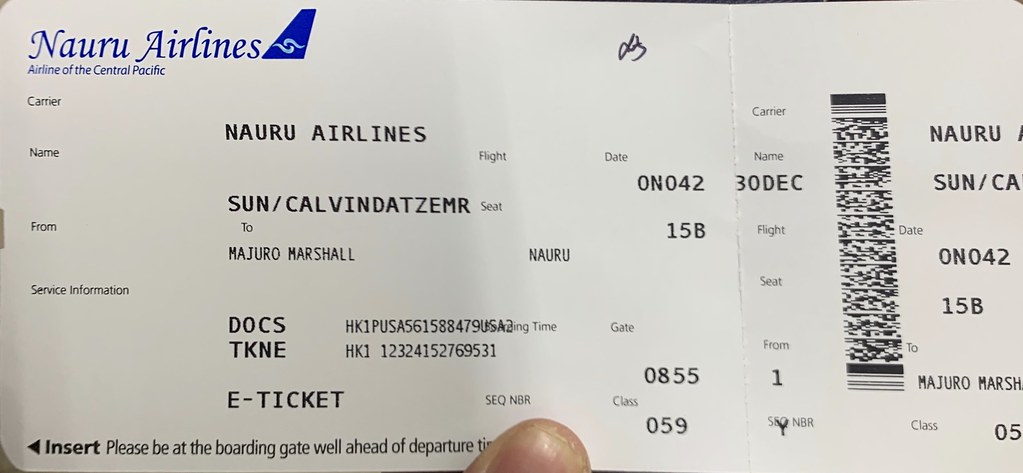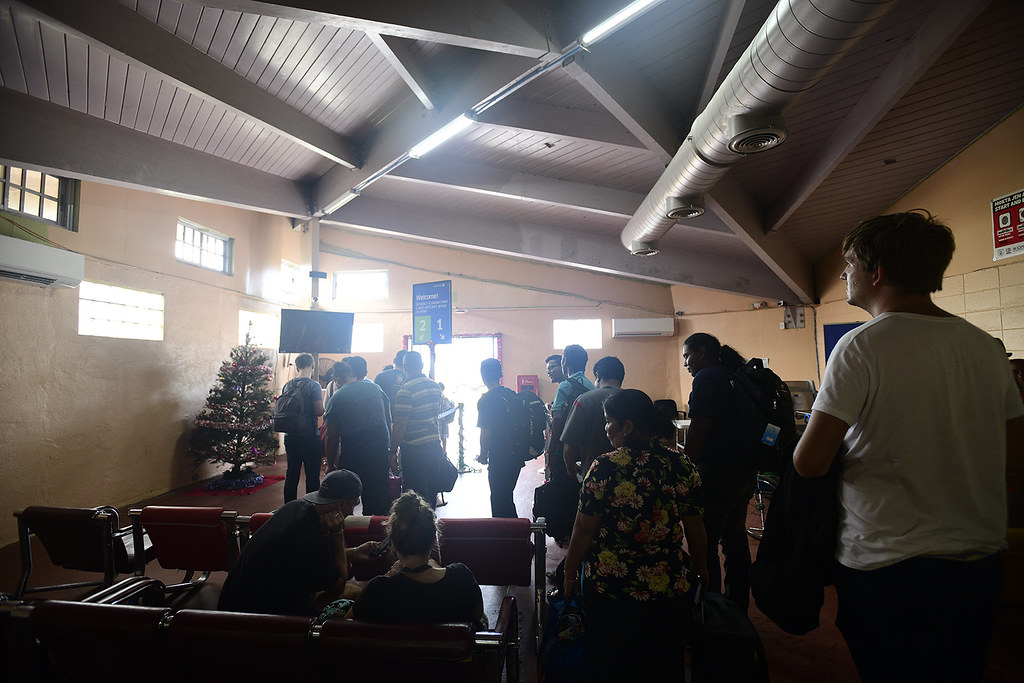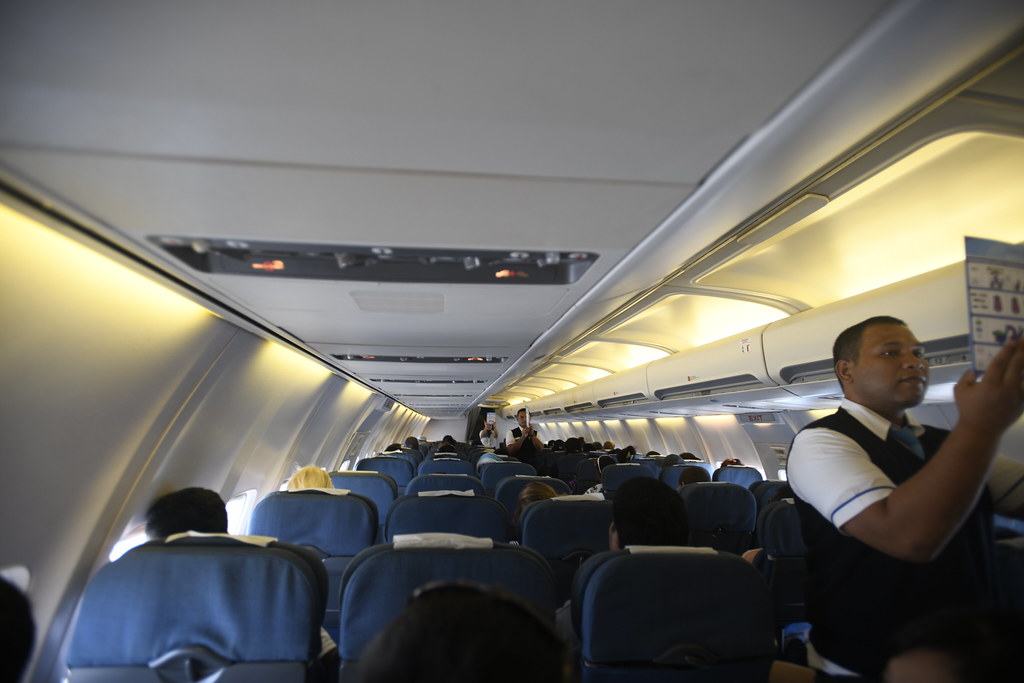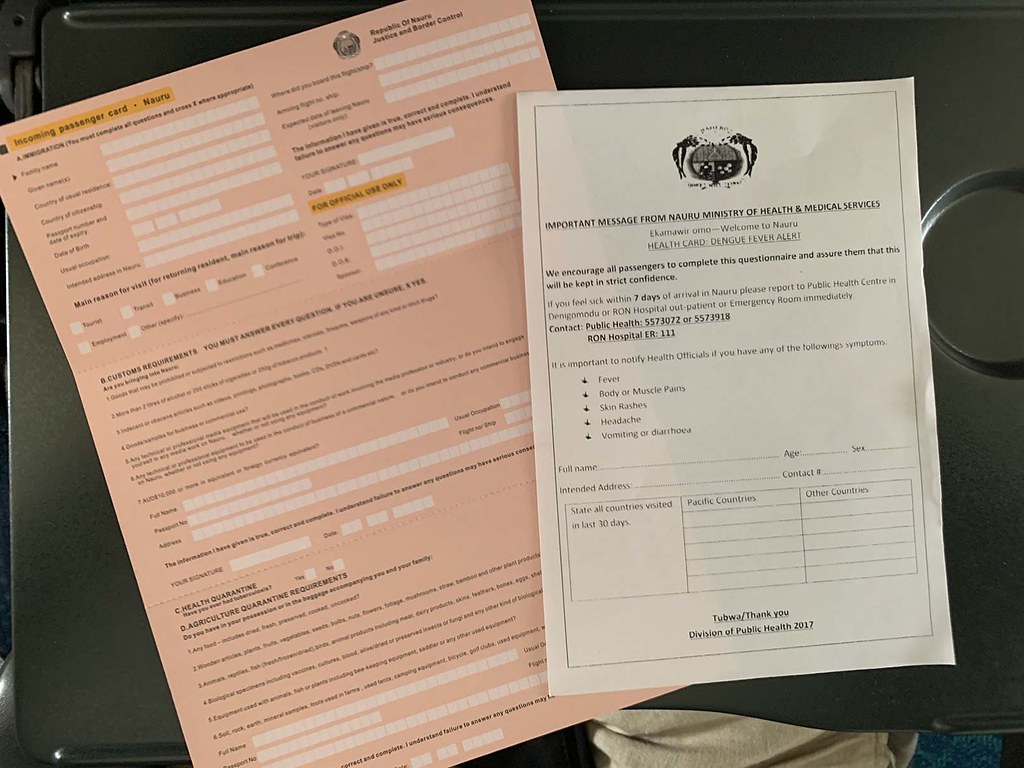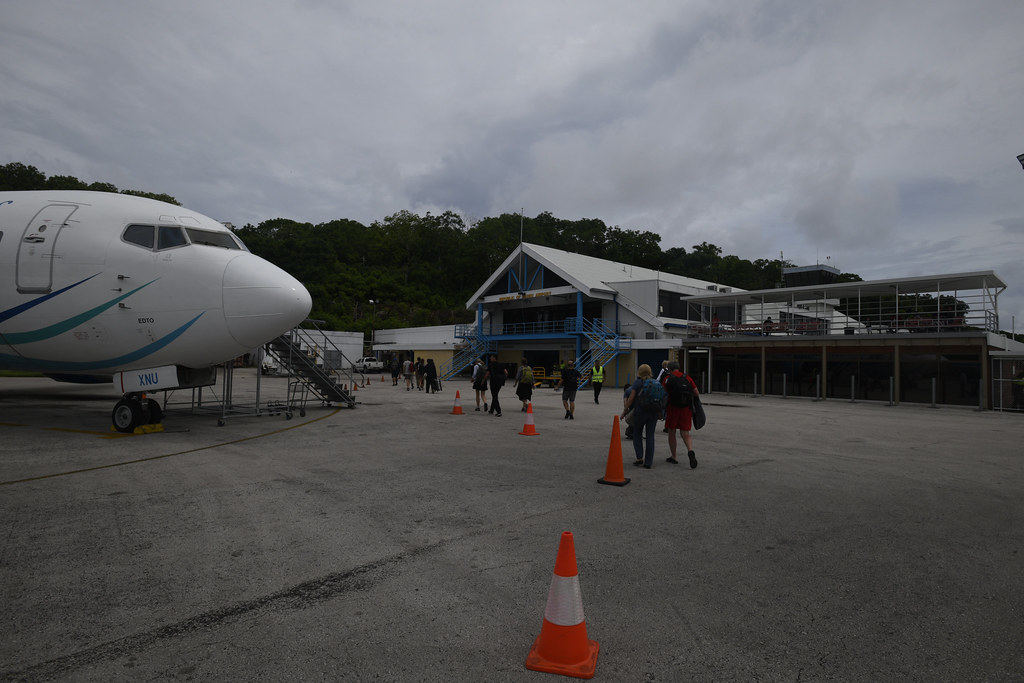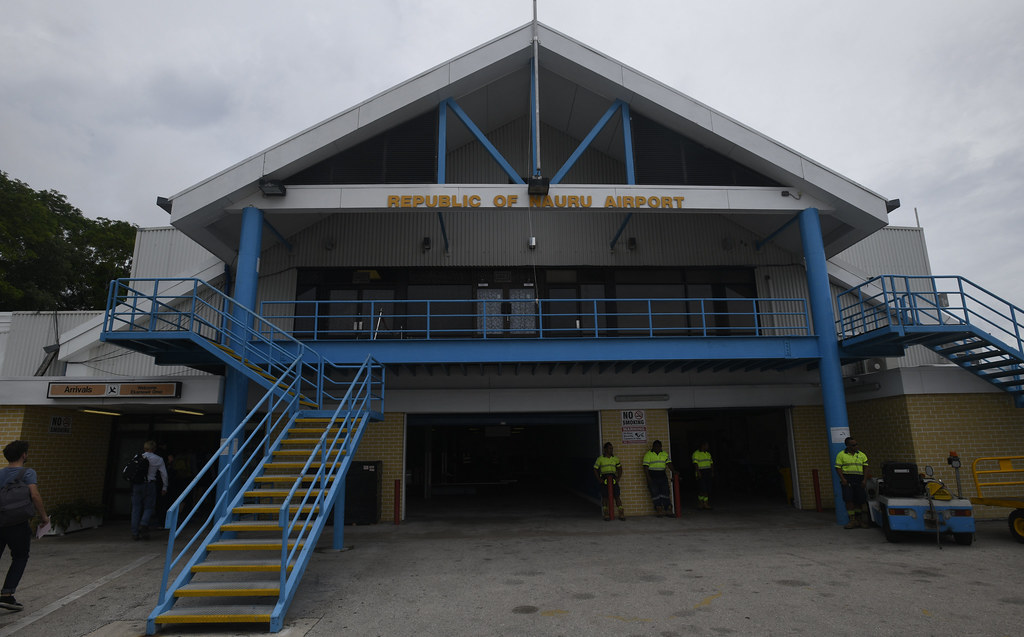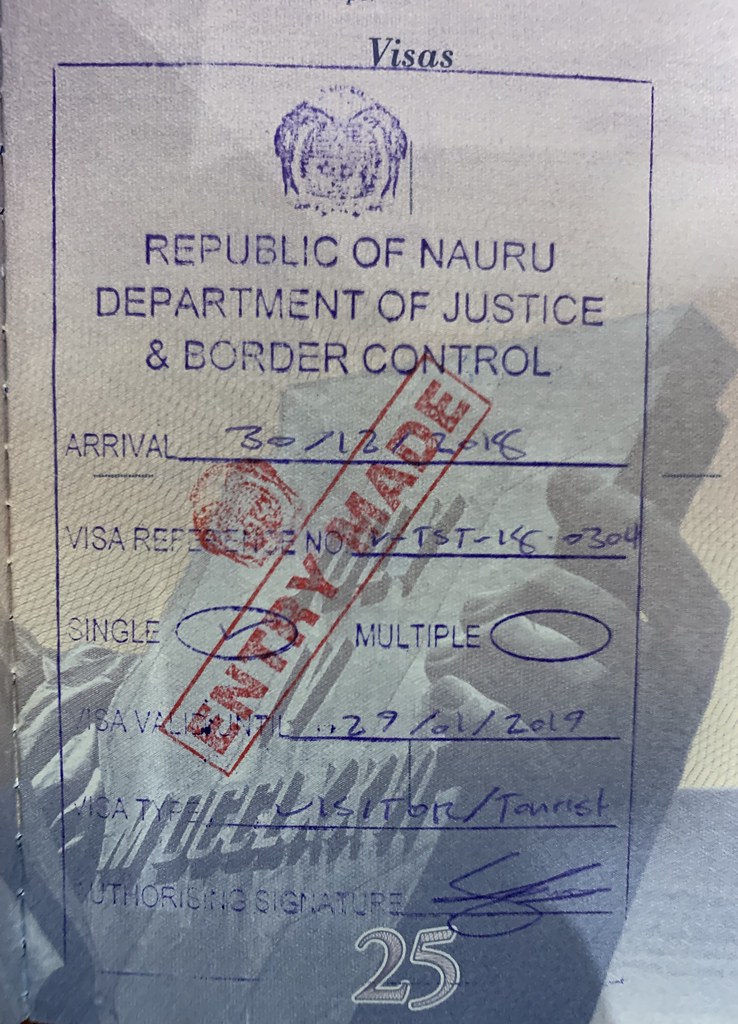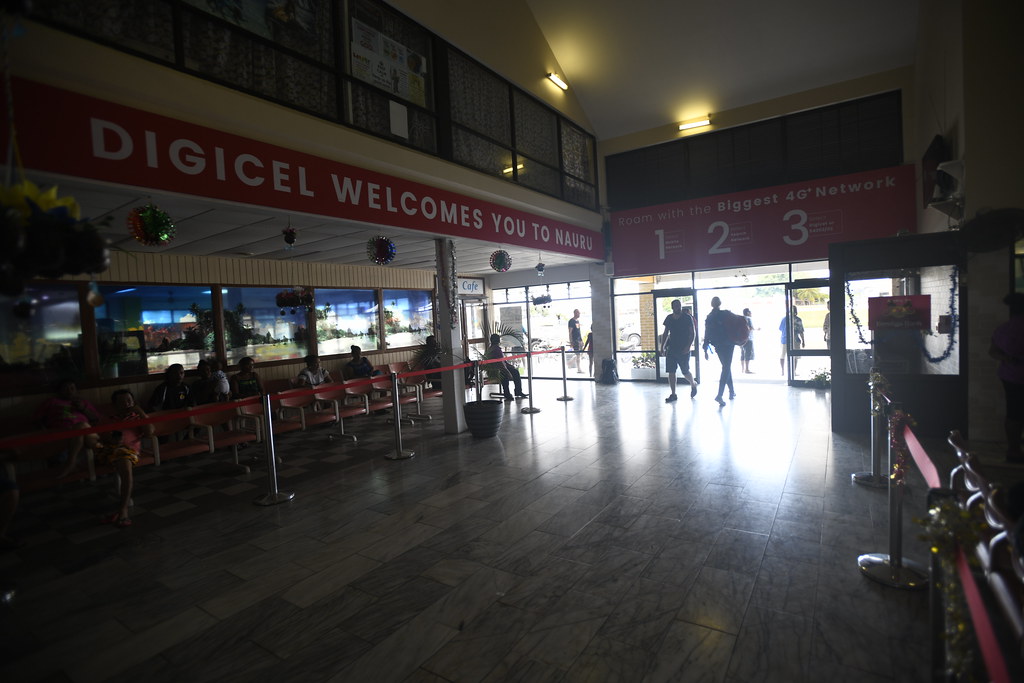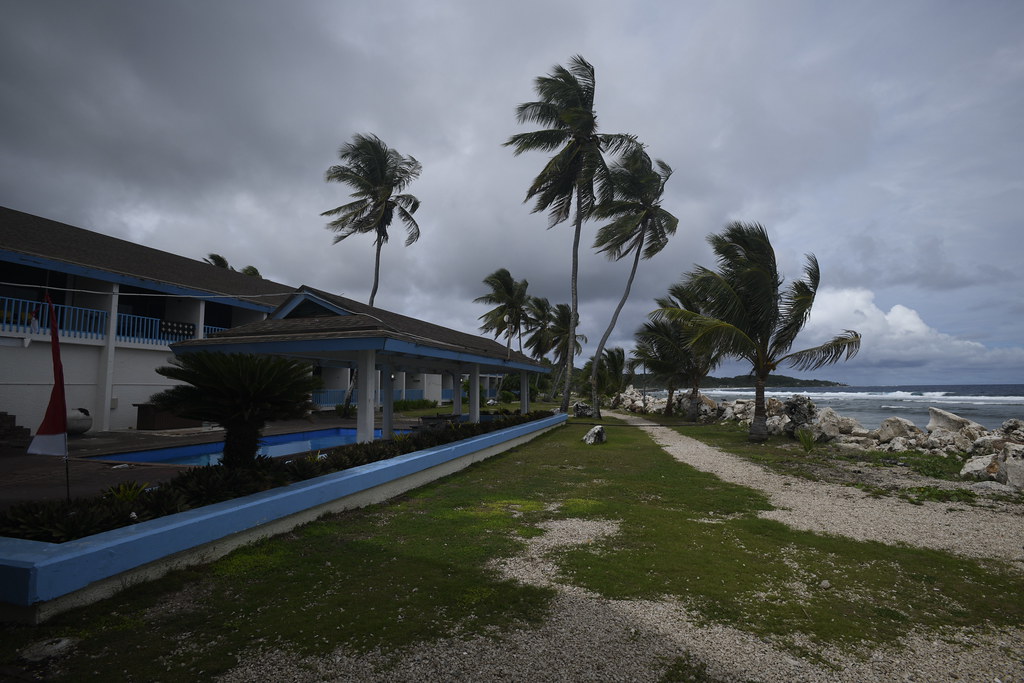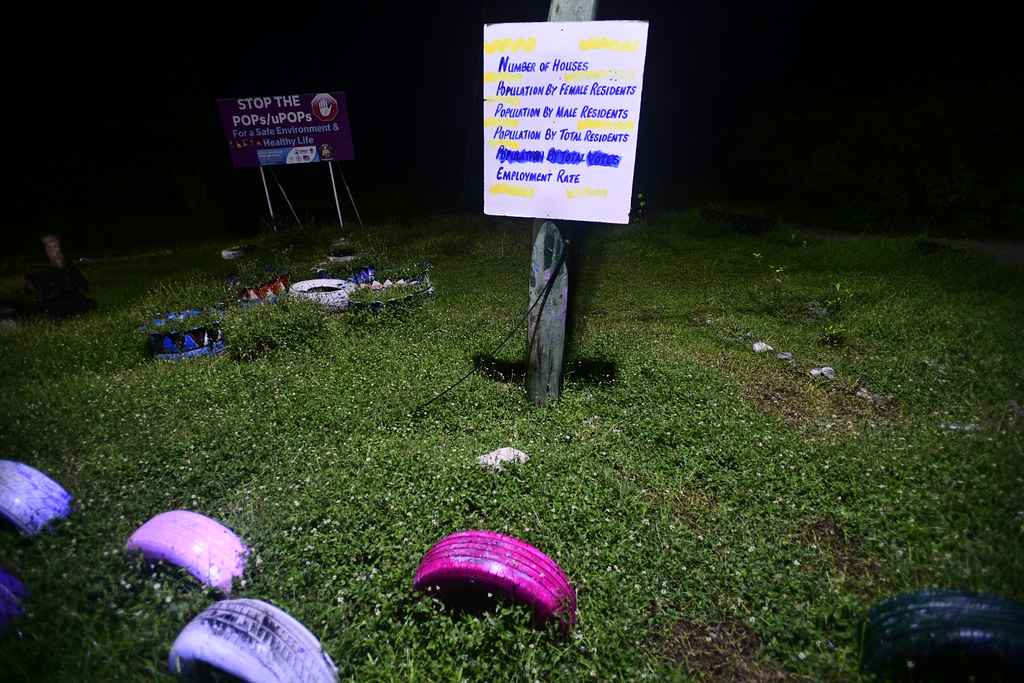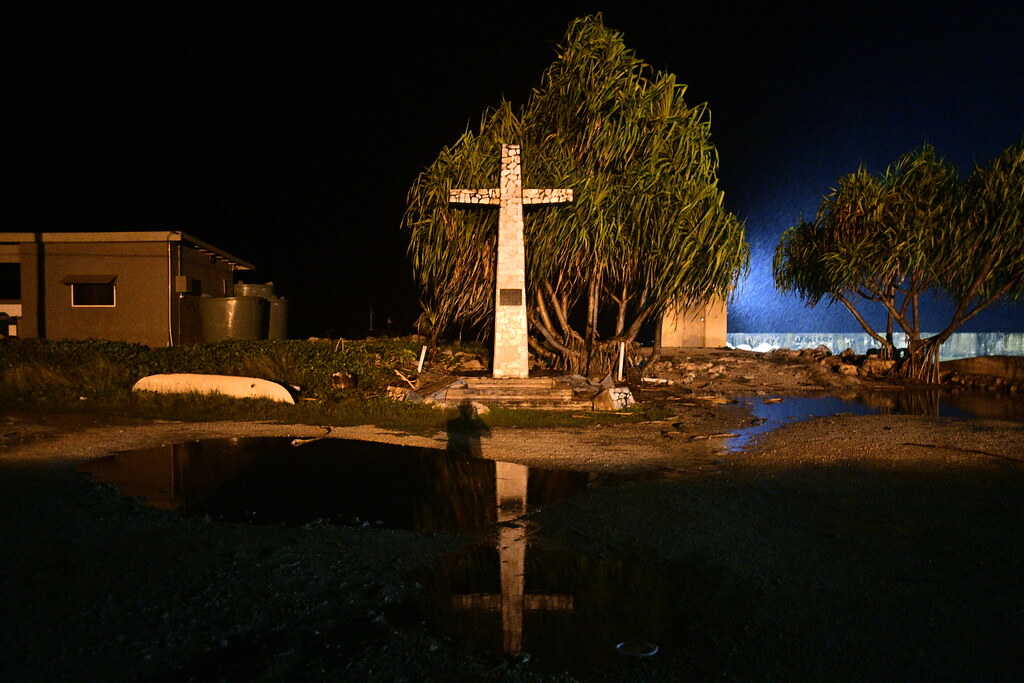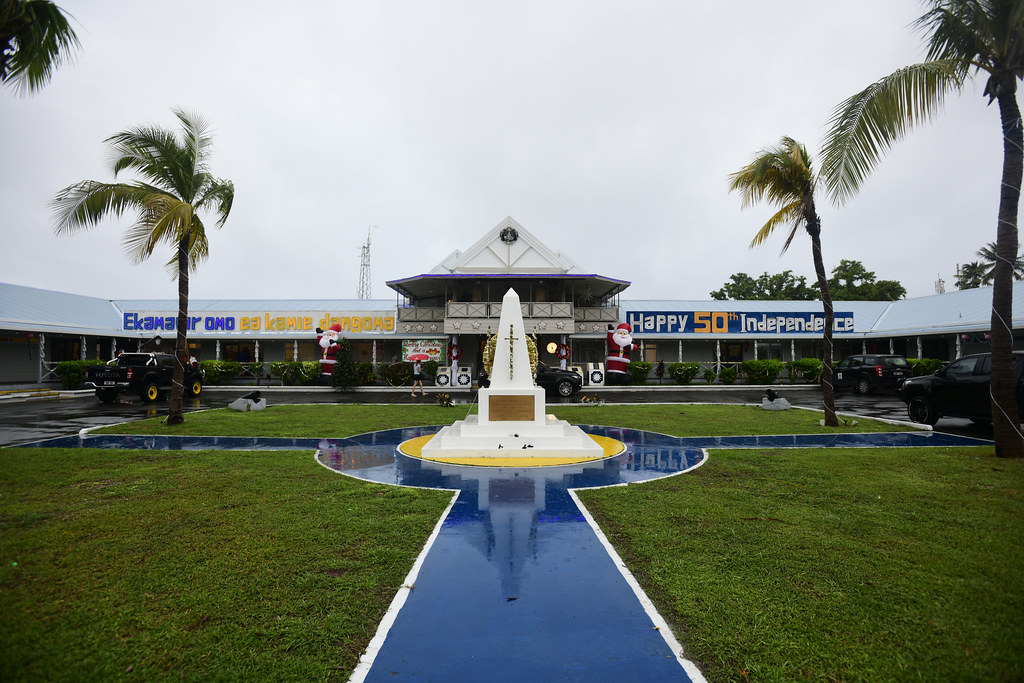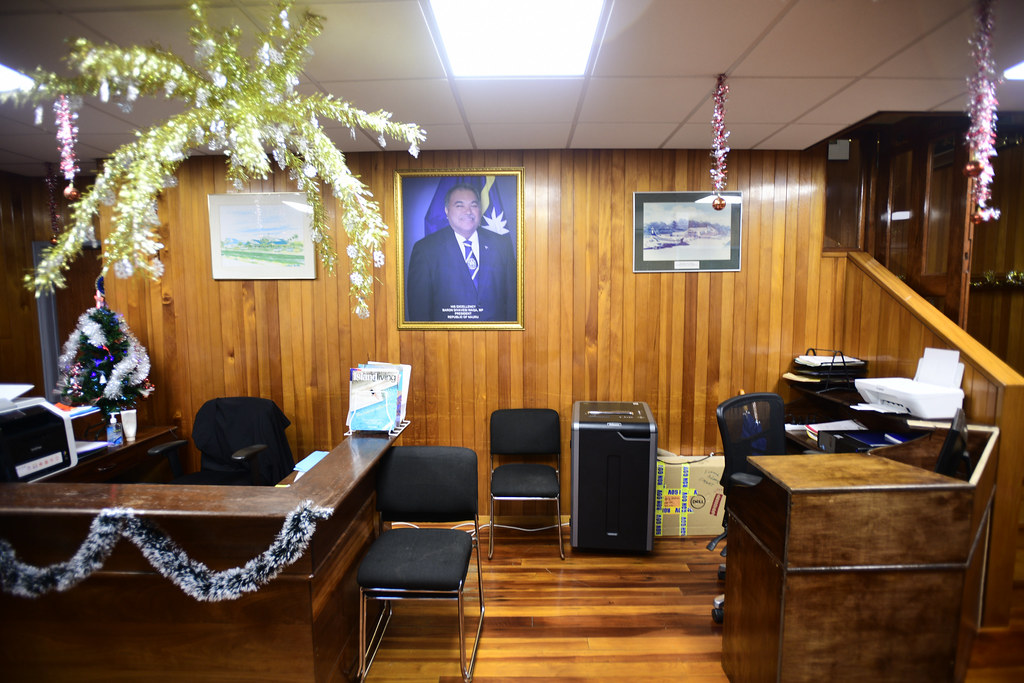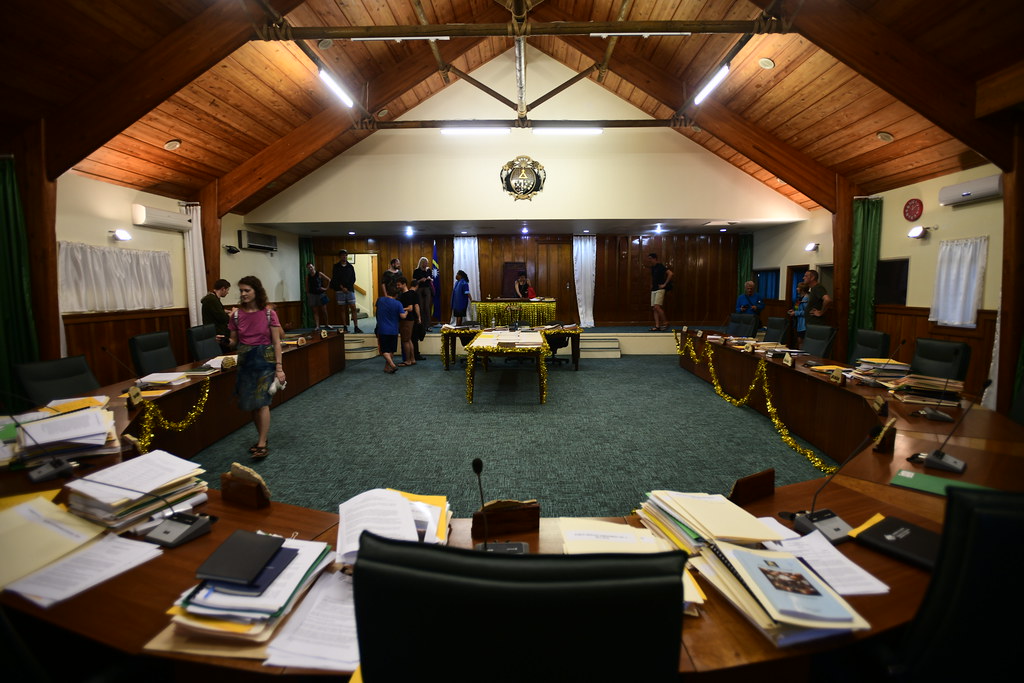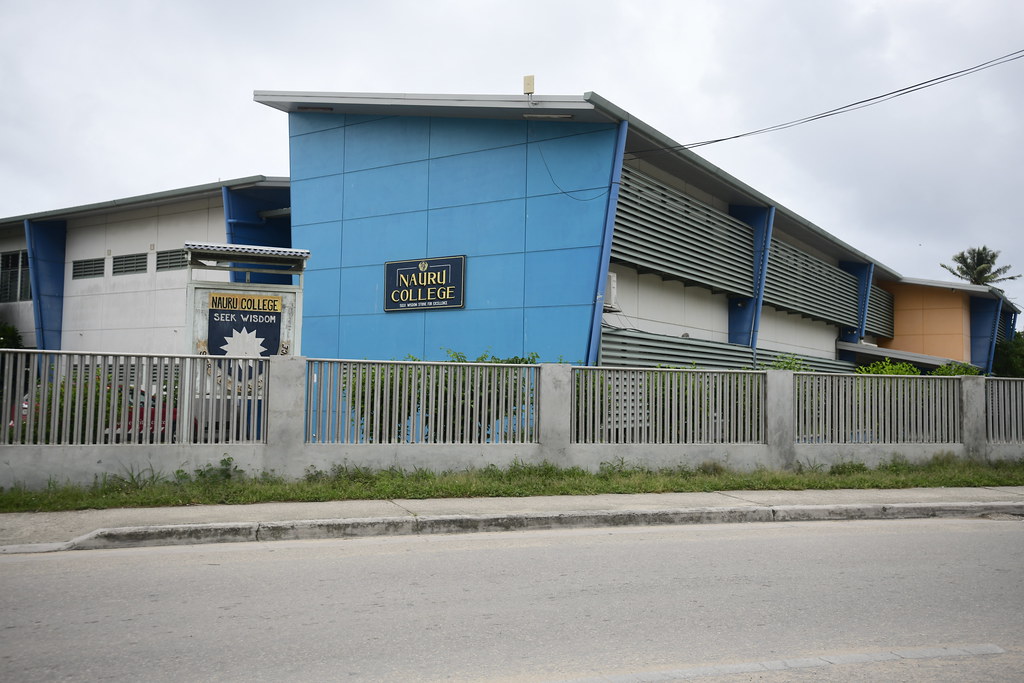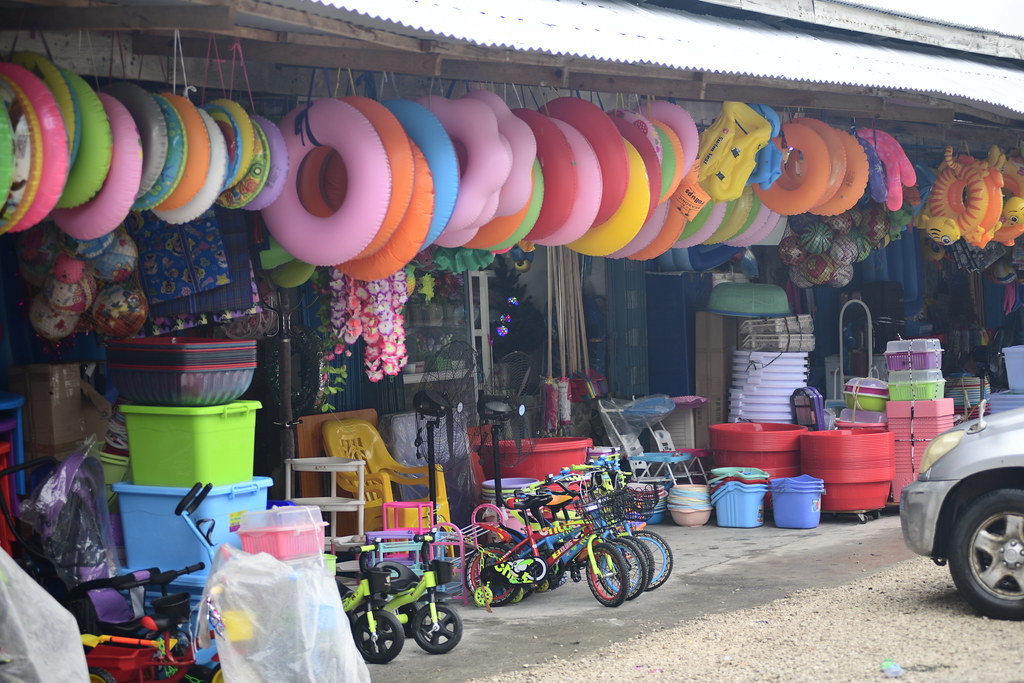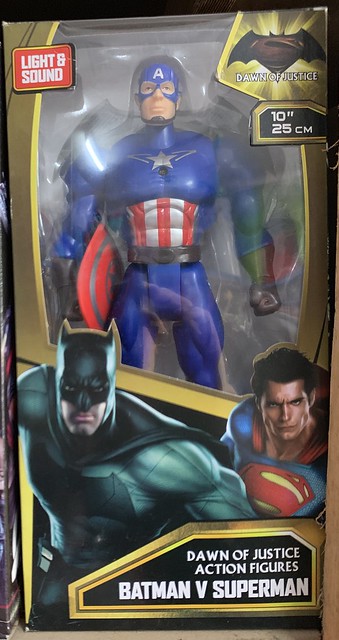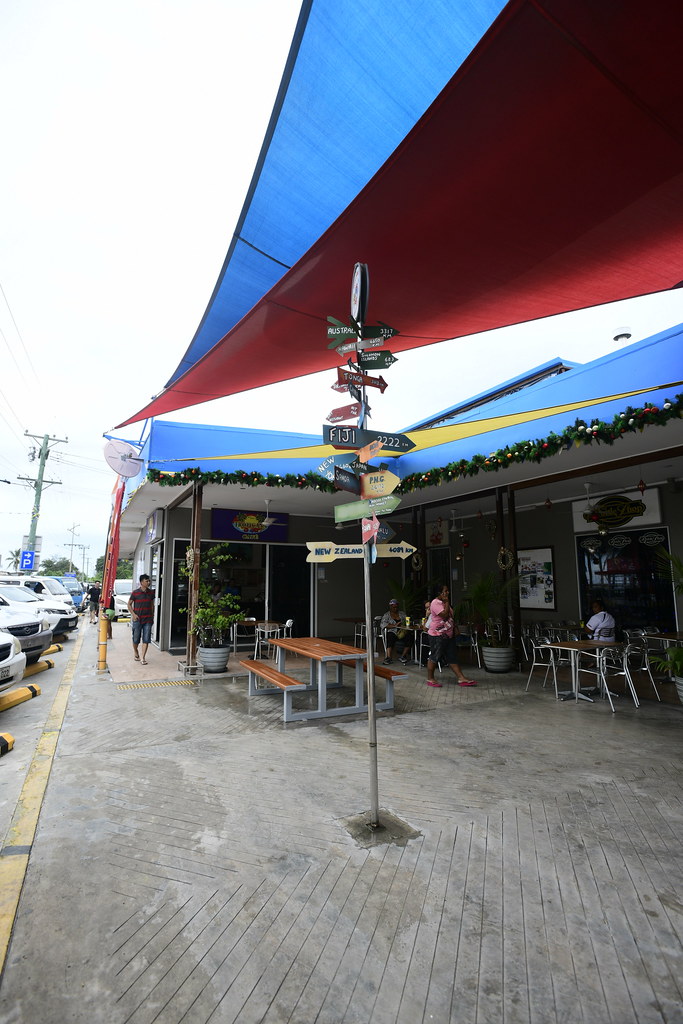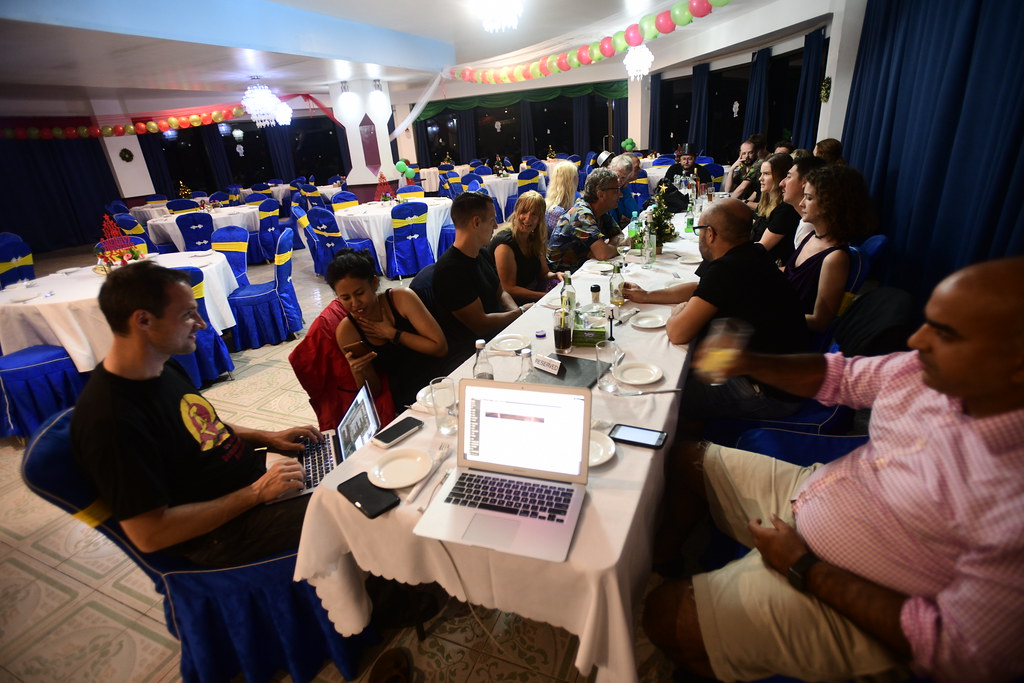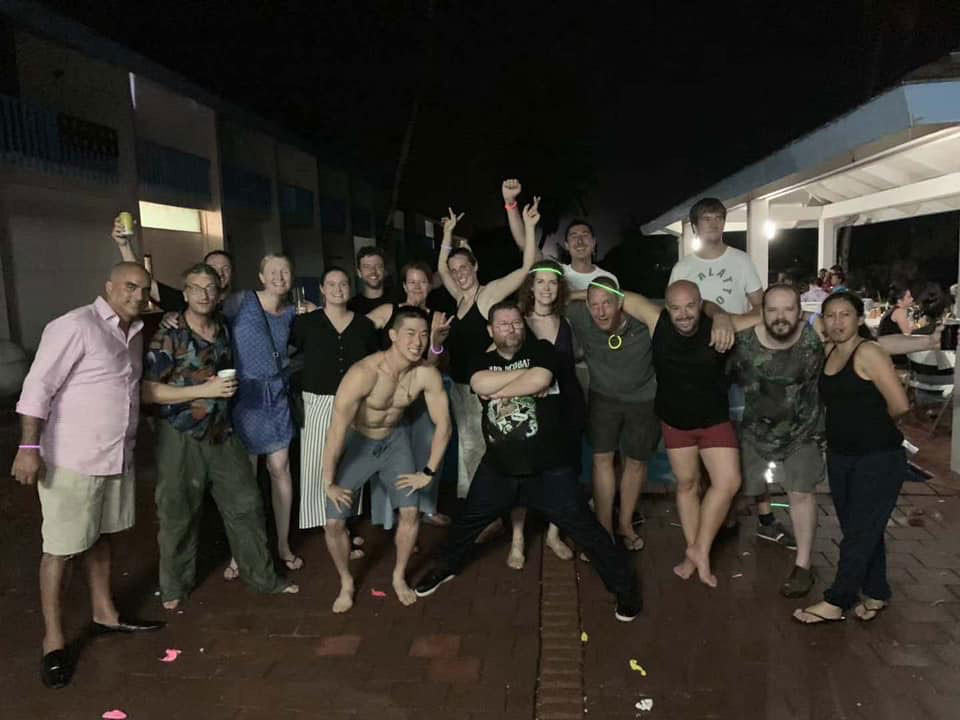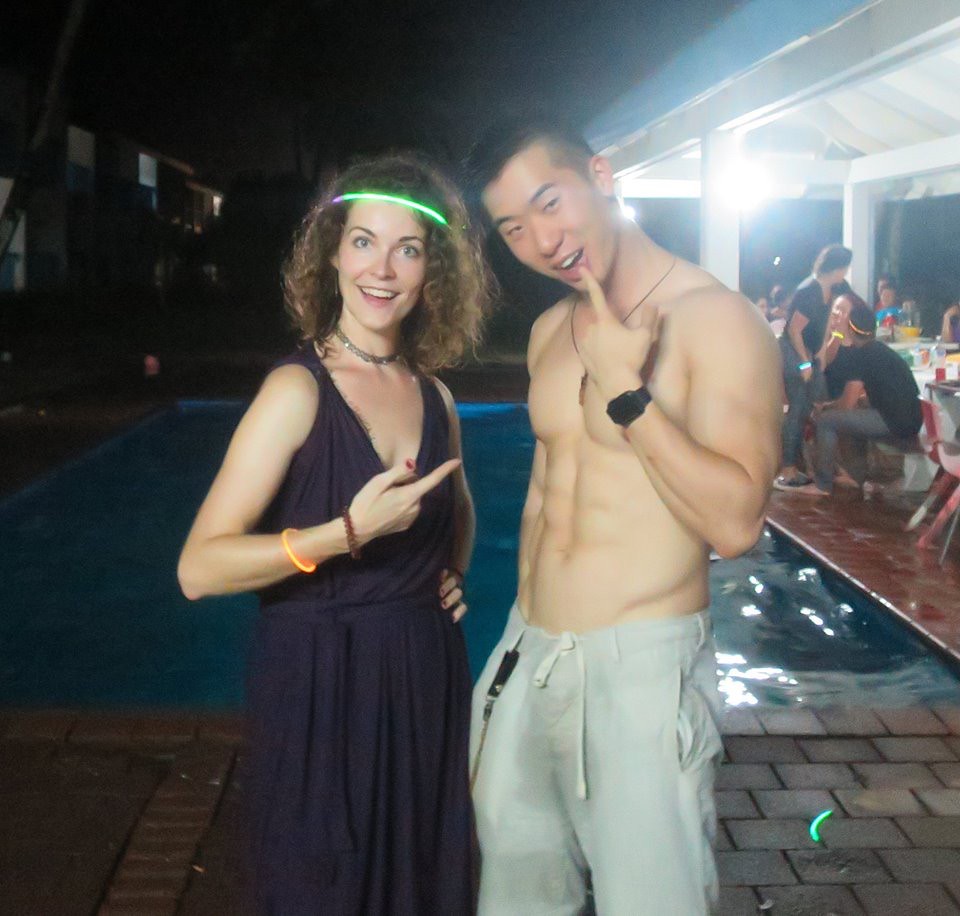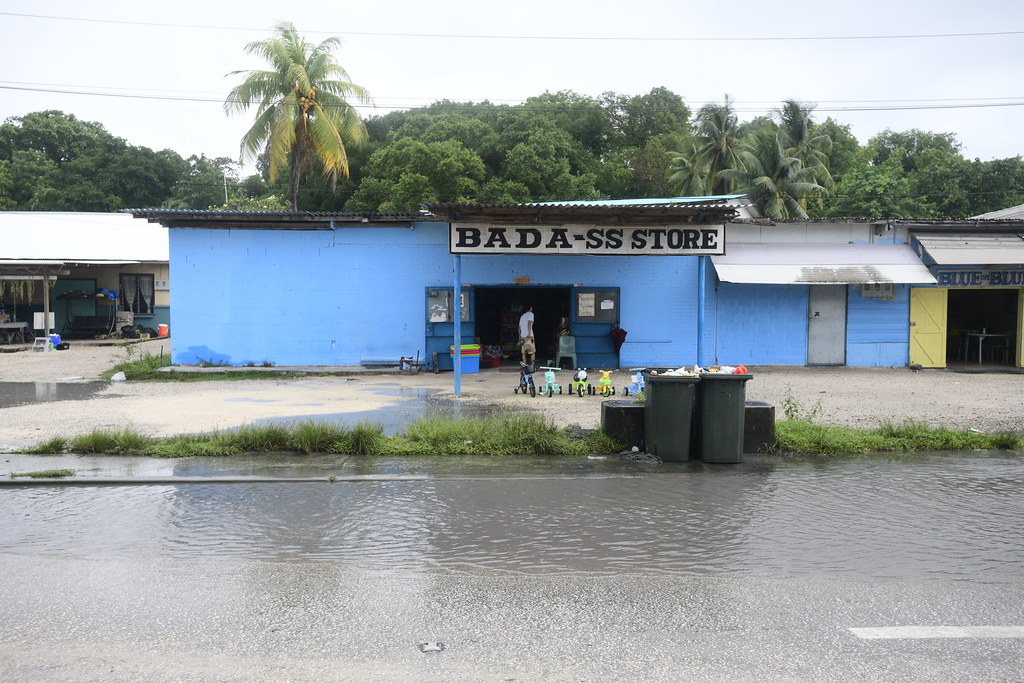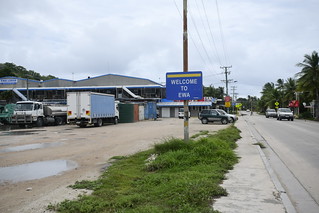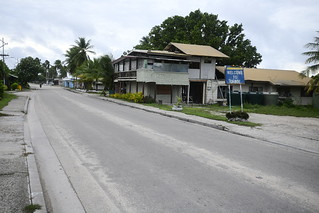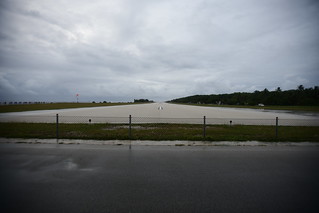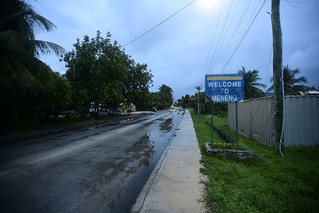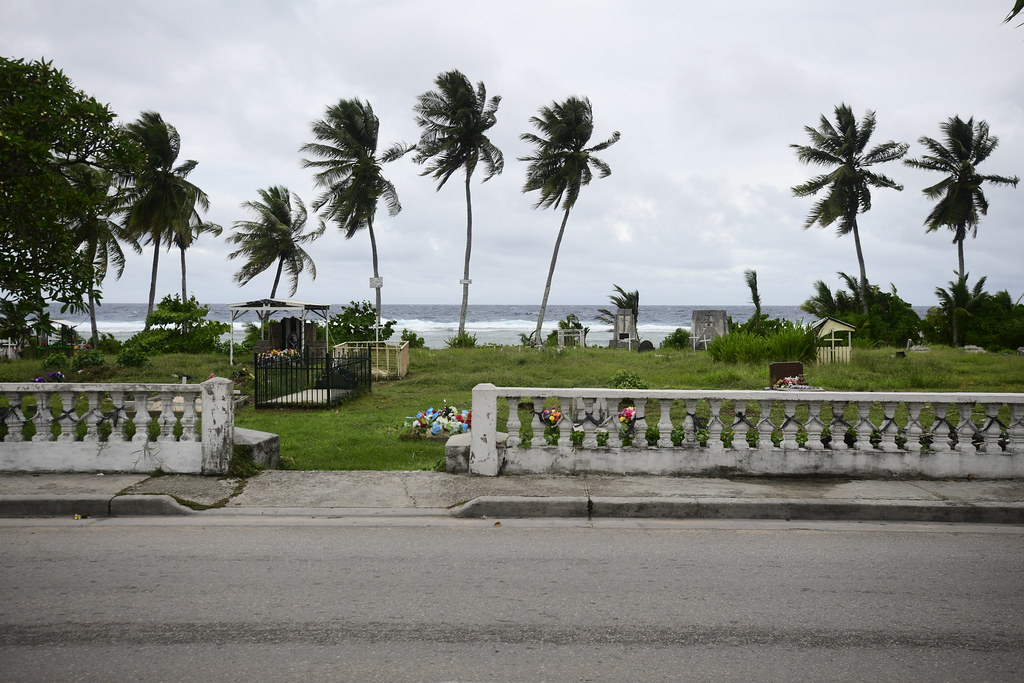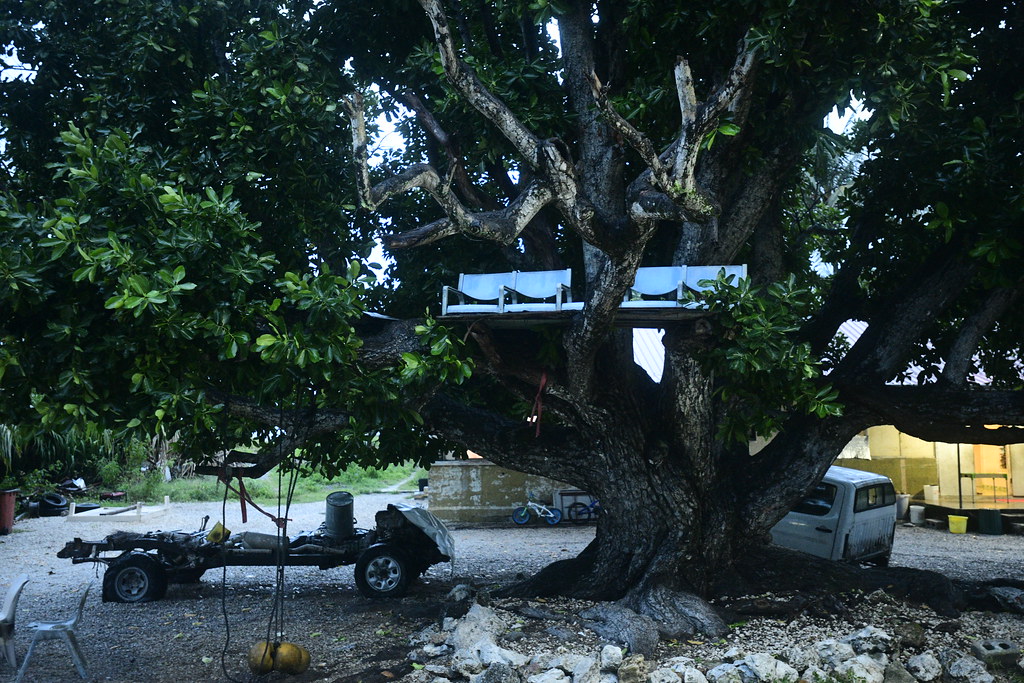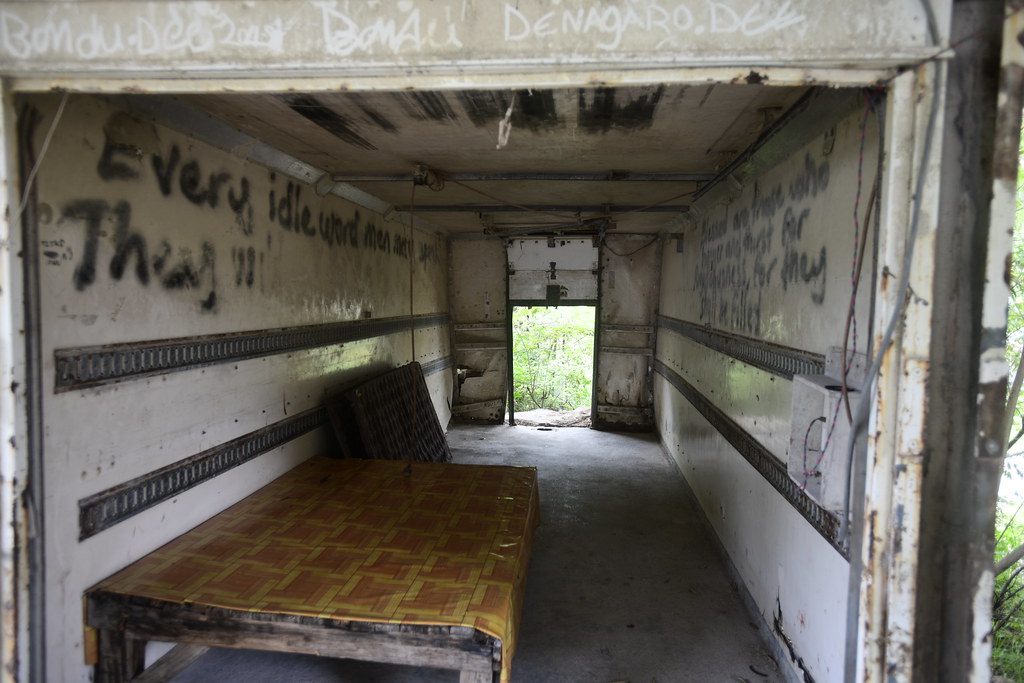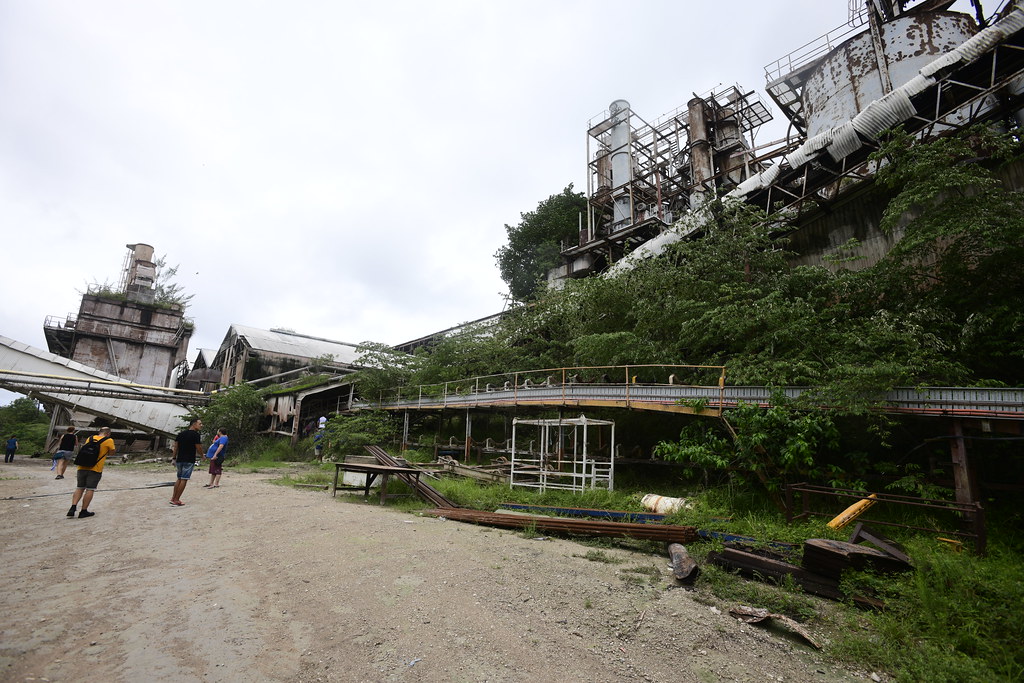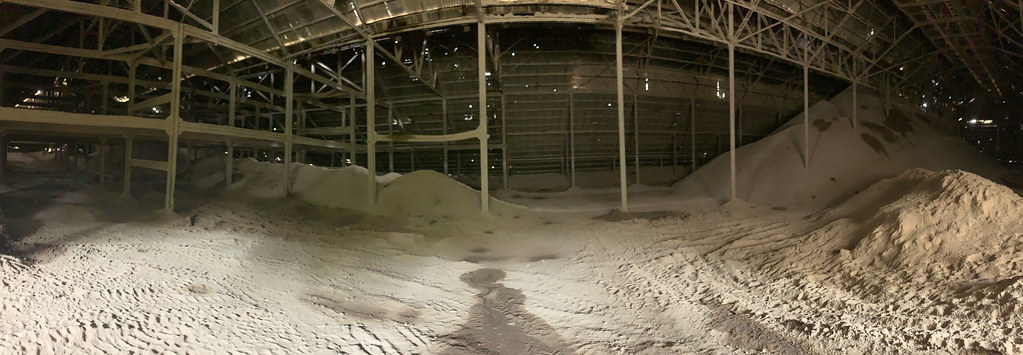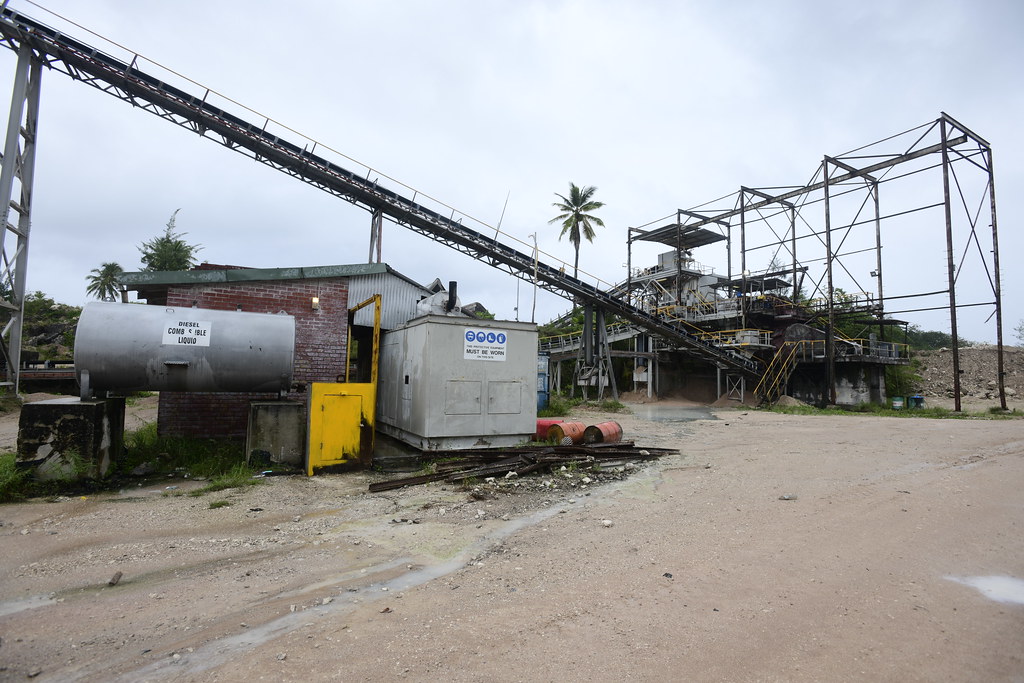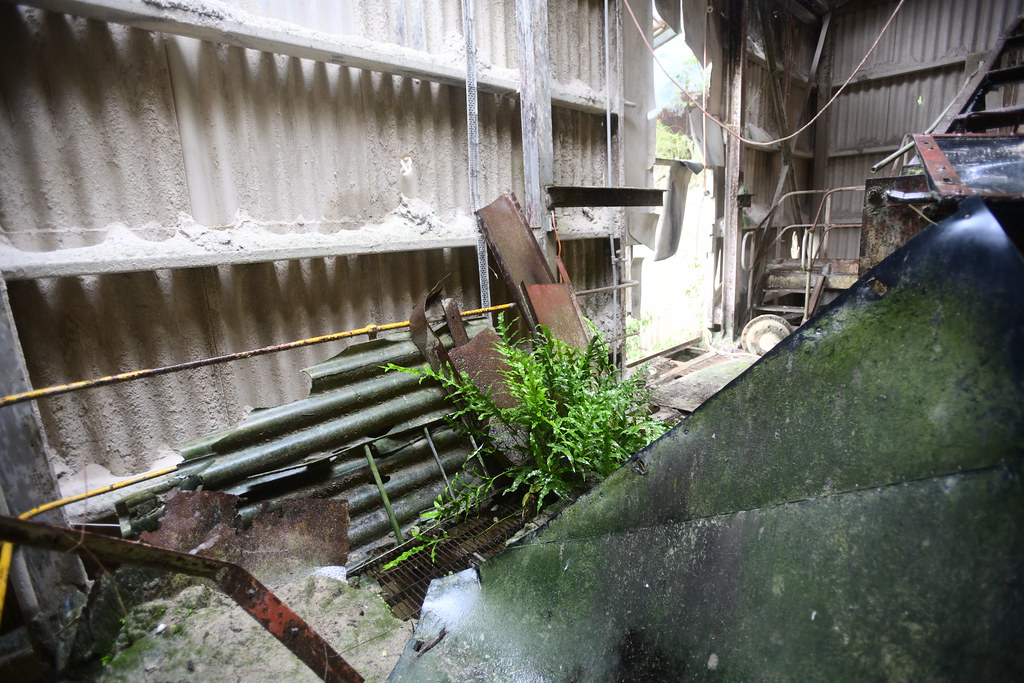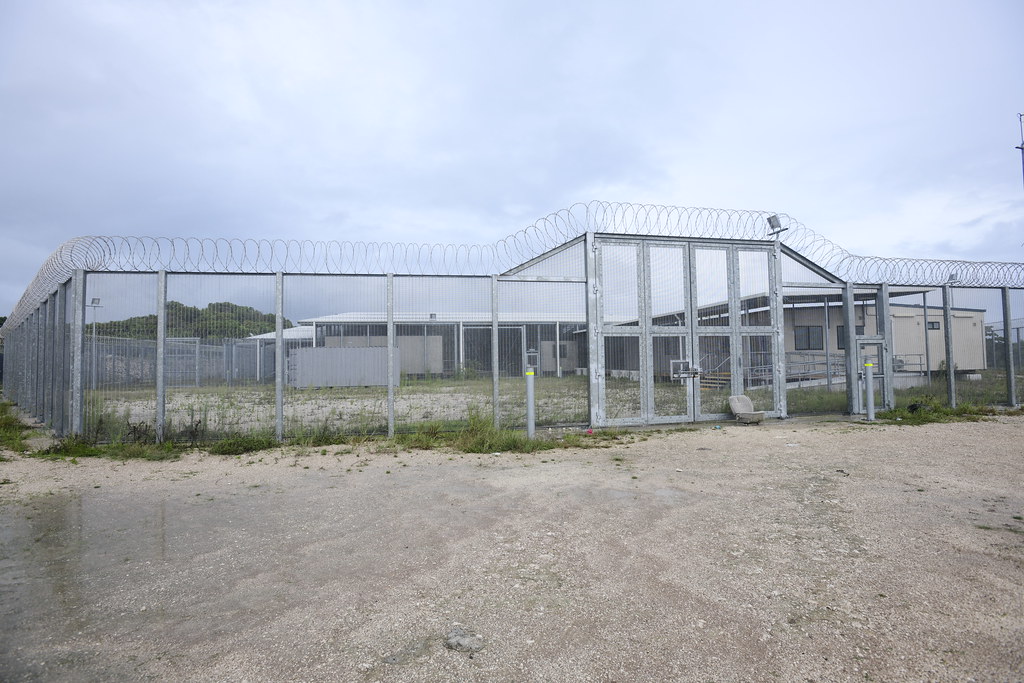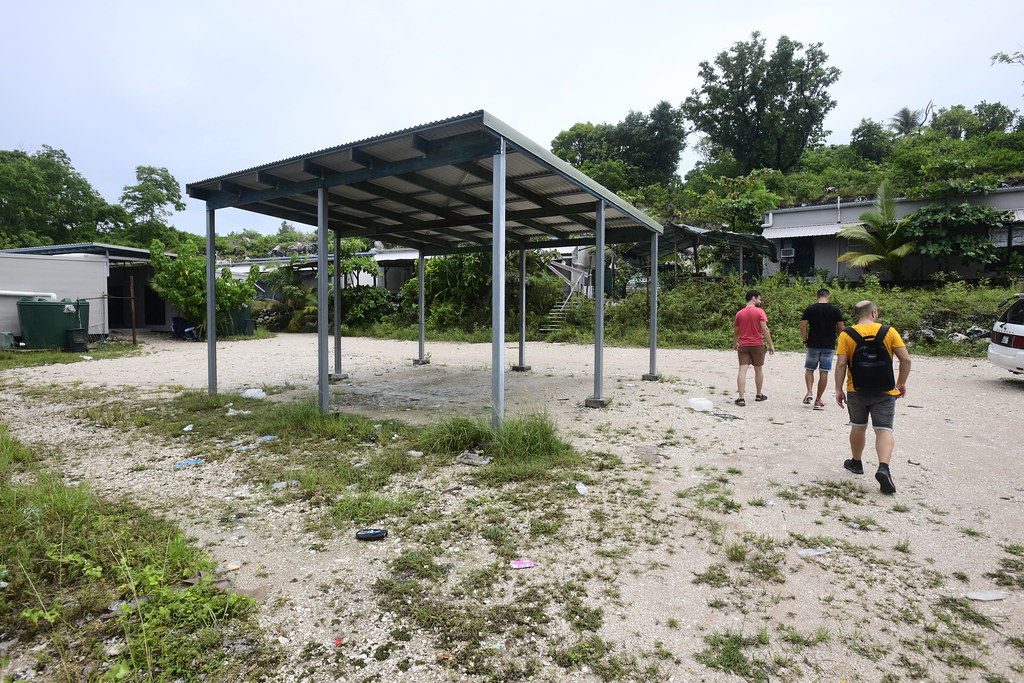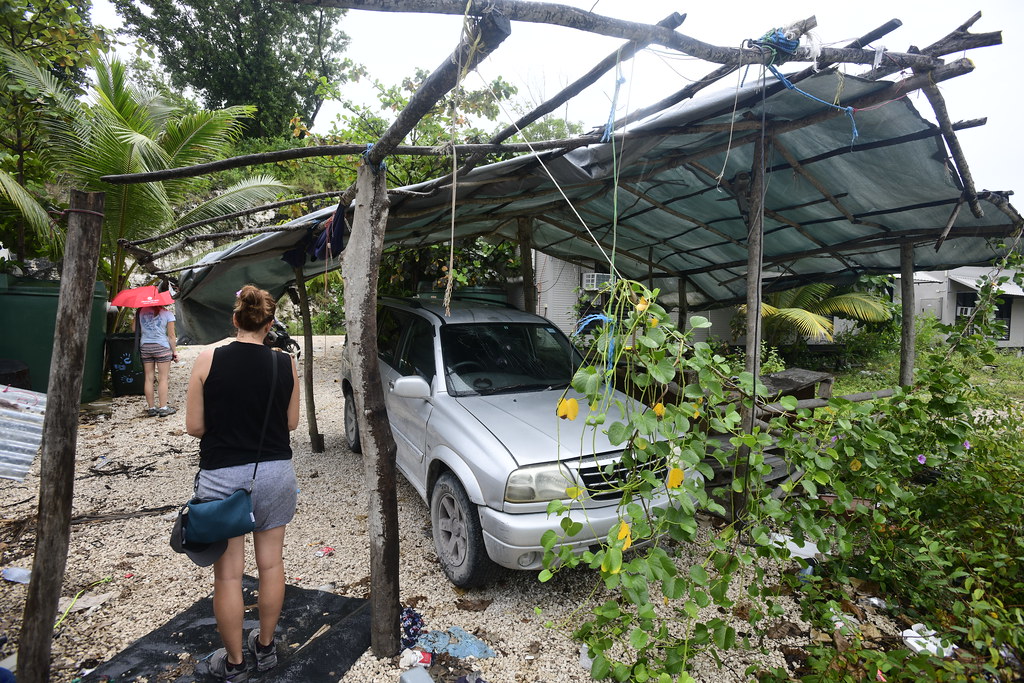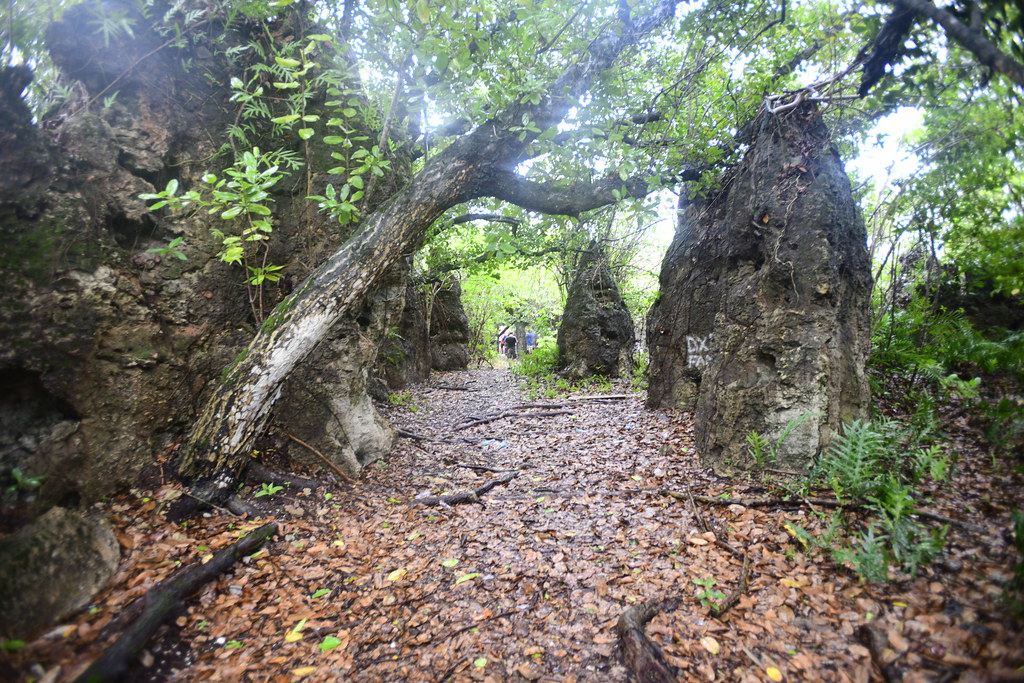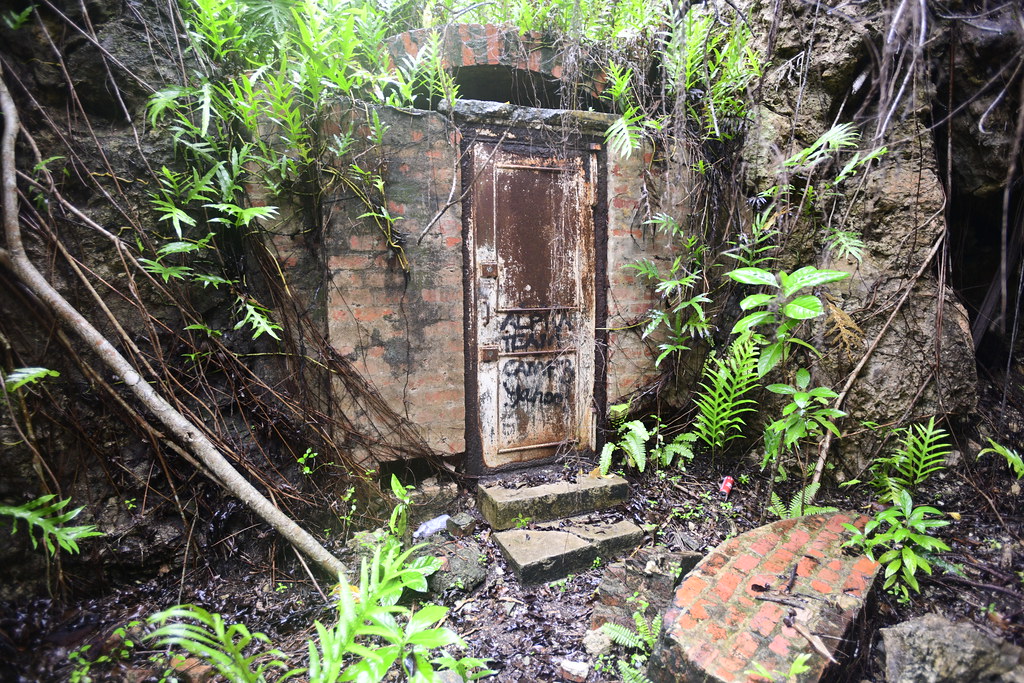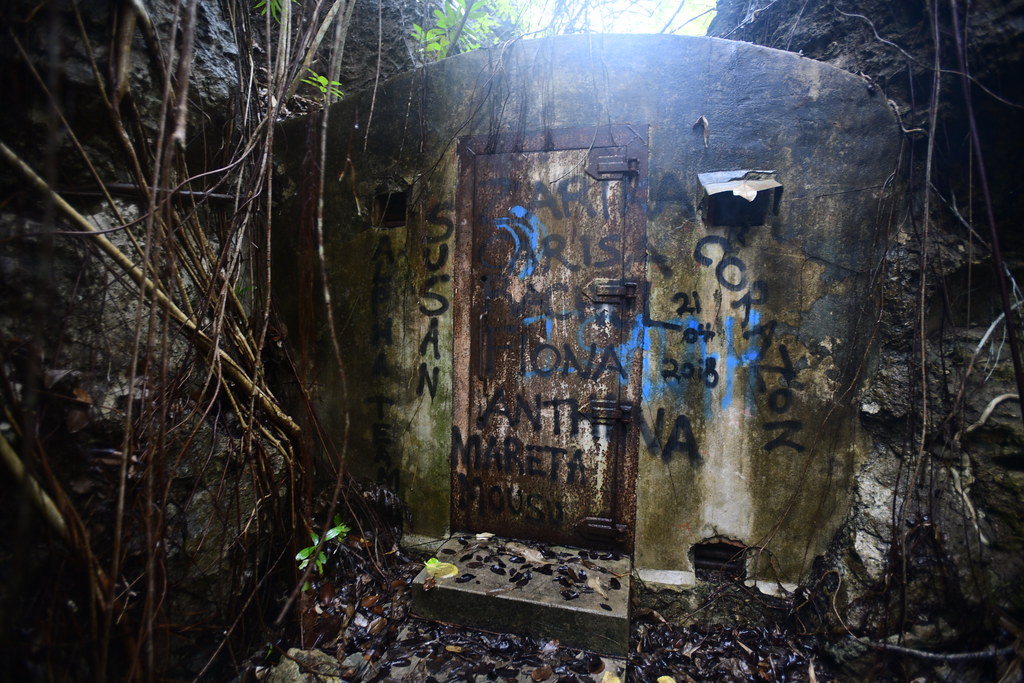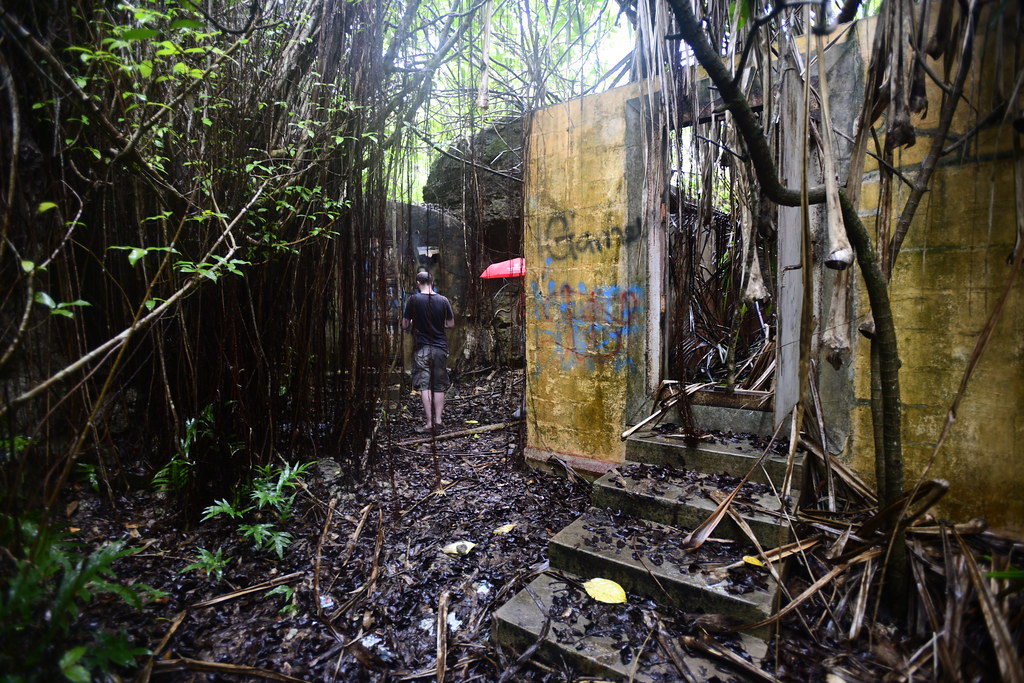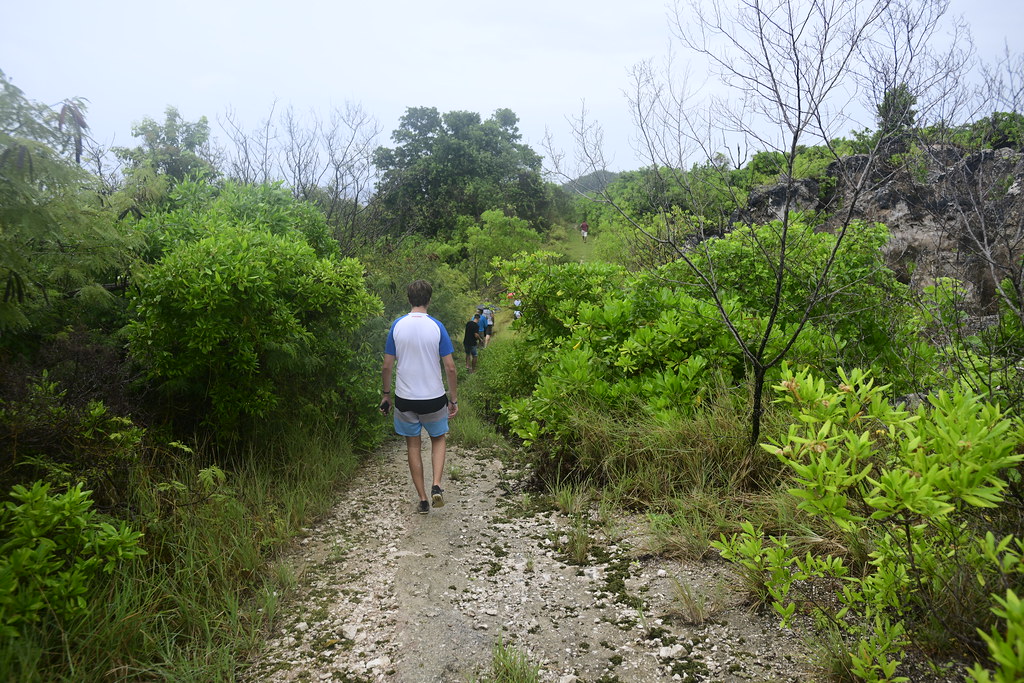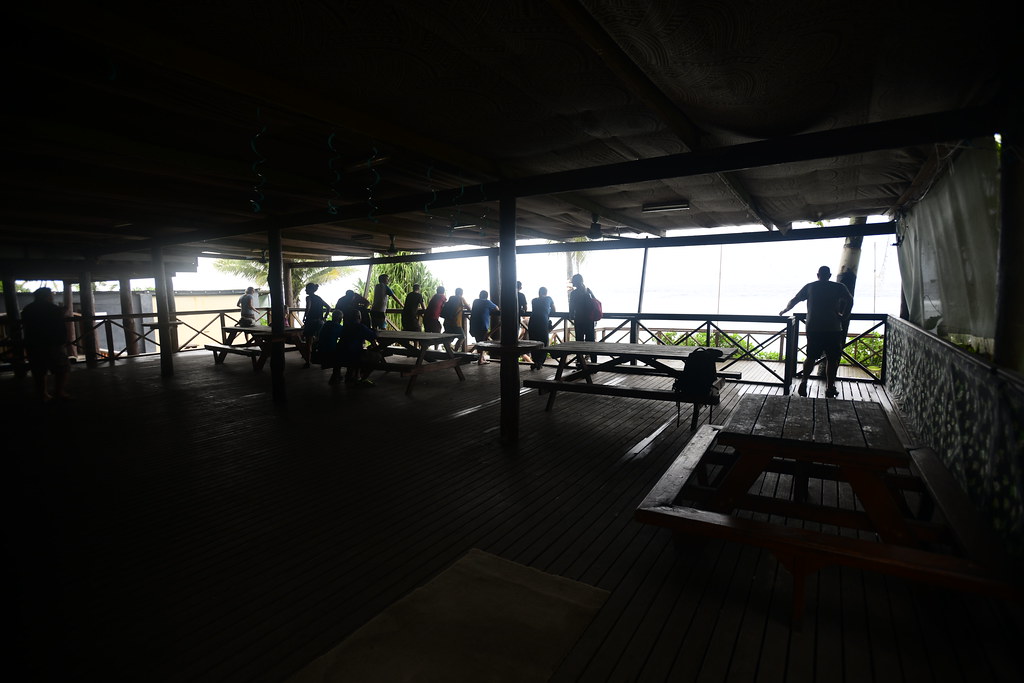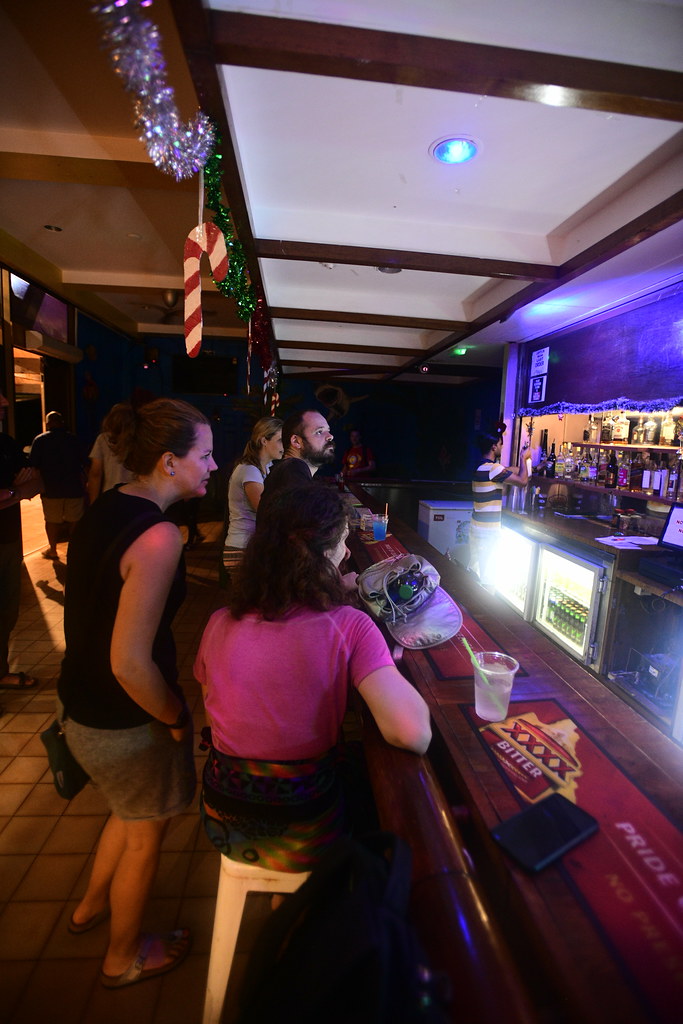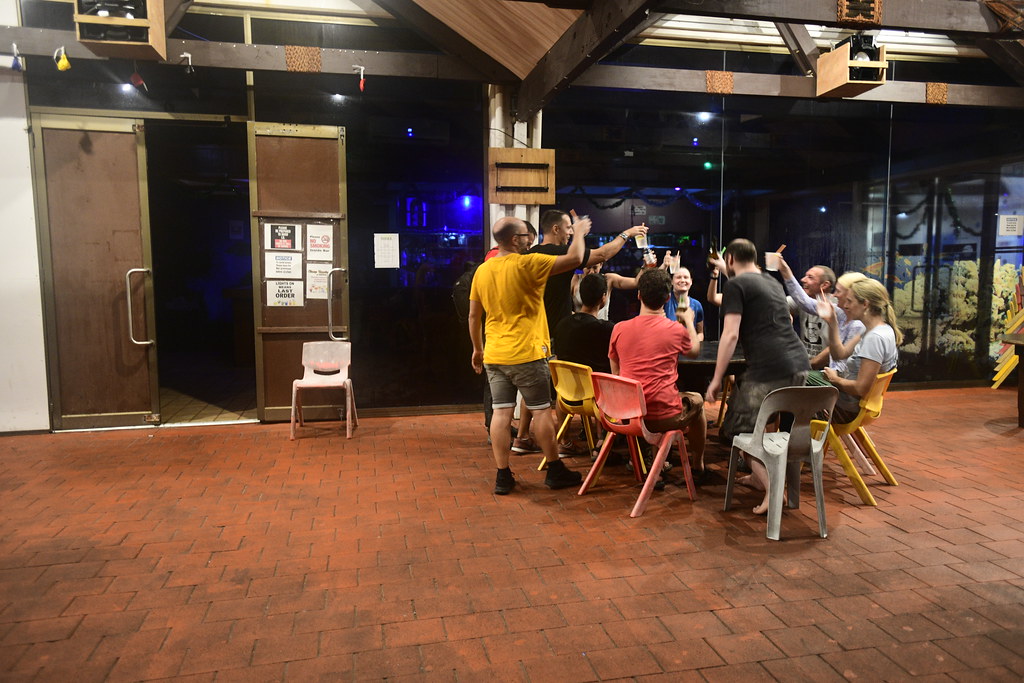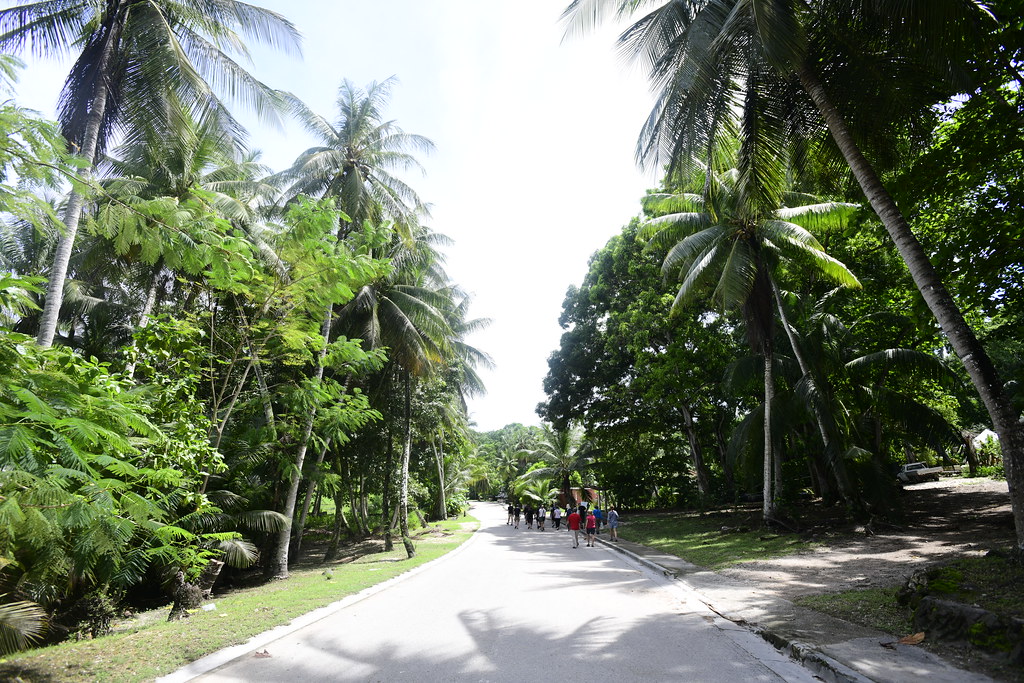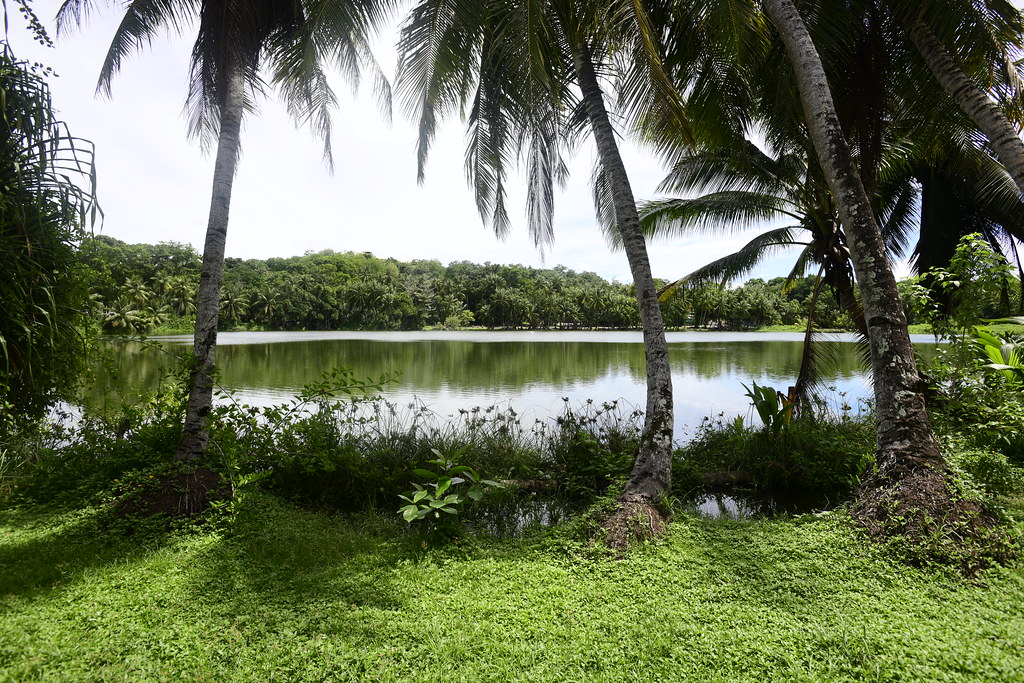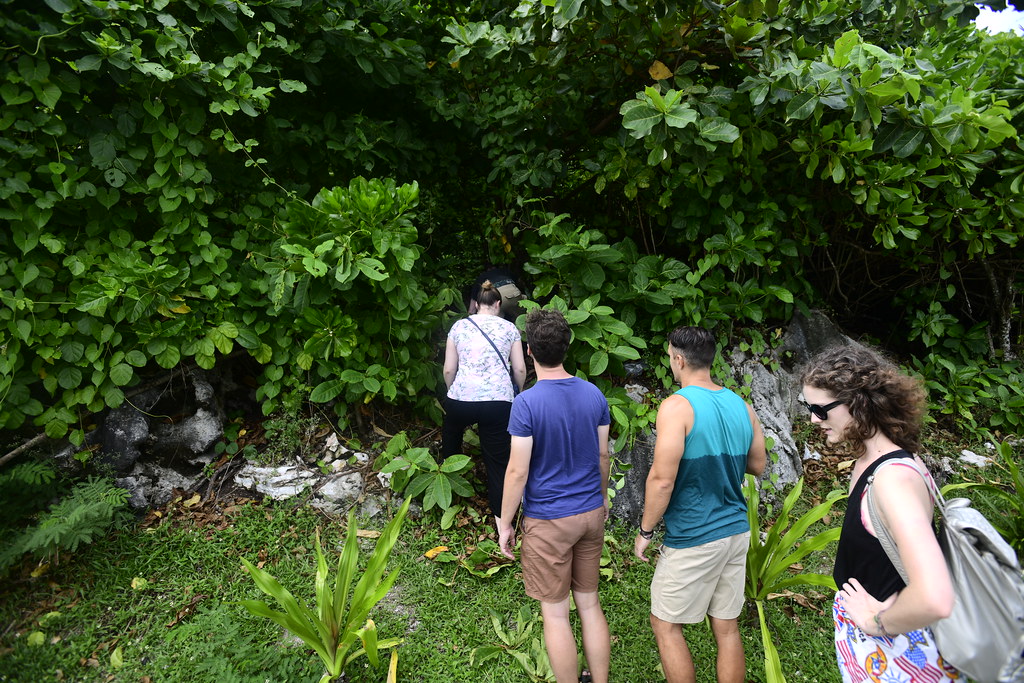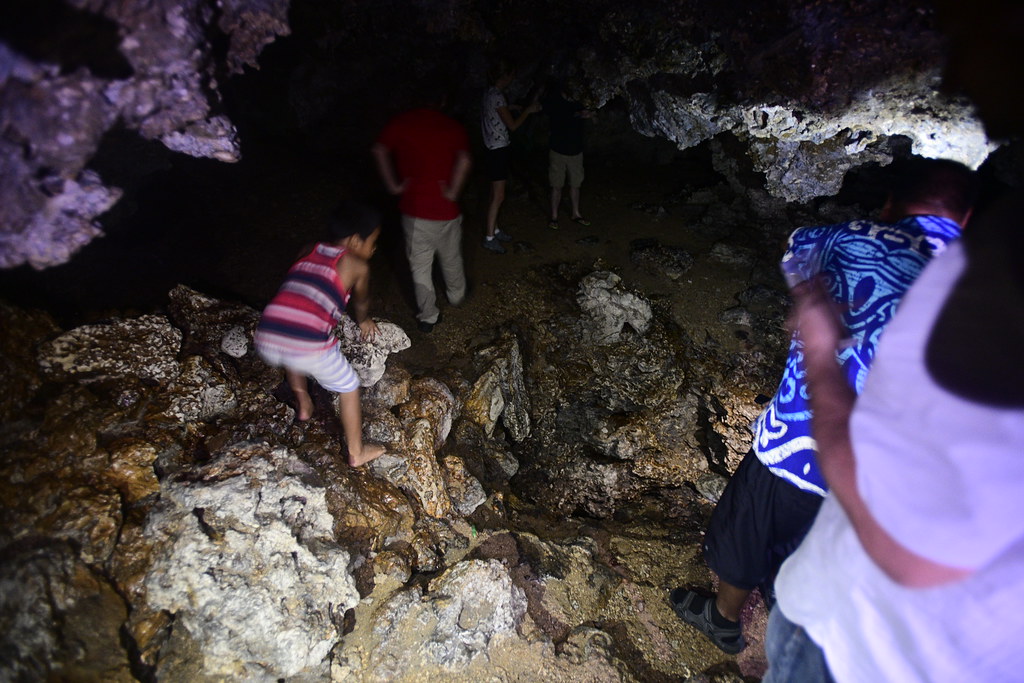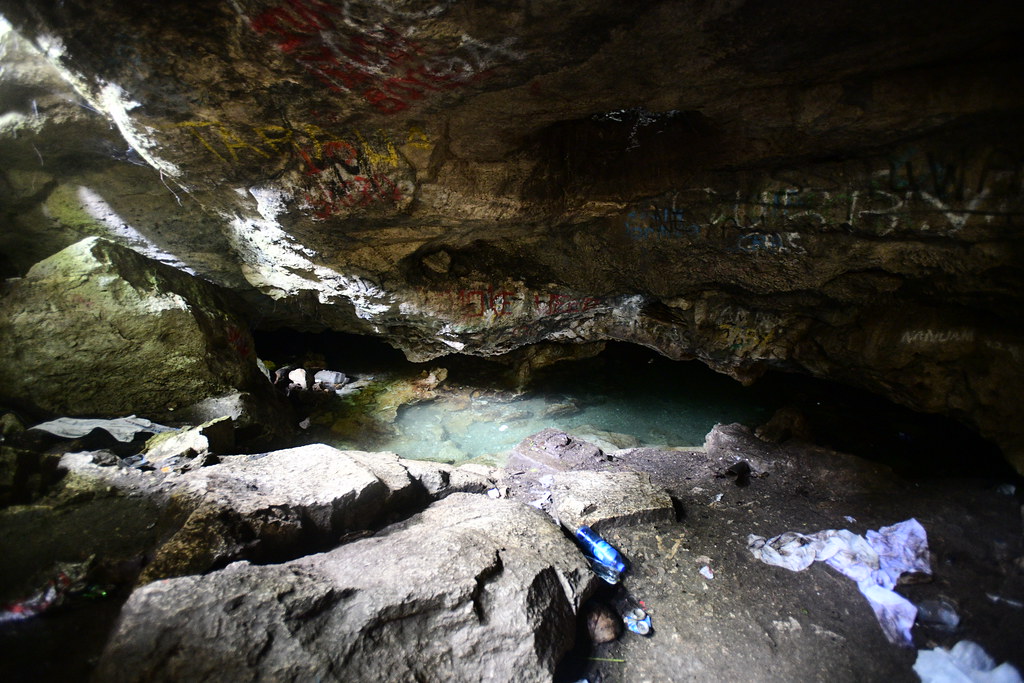Above cover photo credit: Mikhael Chai — thanks for that unplanned shot of me standing on the top of Nauru!
I’ve already had my fair share of New Year’s Eve celebrations in far flung corners of the globe:
- 2010 in Cairo, Egypt
- 2011 in Tijuana, Mexico
- 2012 in Marrakech, Morrocco
- 2013 in Warsaw, Poland, NYC, and Port-Au-Prince, Haiti all on the same day
- 2014 in Lahore, Pakistan
- 2016 in Bukhara, Uzbekistan
- 2017 in Saint Petersburg, Russia
- 2018 in Sydney, Australia
But this year will be different. Today I will celebrate New Year’s Eve in the #1 smallest independent republic and LEAST visited country in the world at less than 160 visitors a year: Nauru.
I first heard of Nauru years ago on This American Life as one of the most difficult countries to visit and officially the #1 least visited country in the world. The 30 minute podcast episode is fascinating and I highly suggest you listen to it, if not read the transcript here. After all, it is about a country literally in the middle of nowhere.
The Least Visited Country In The World
For those of you unfamiliar with Nauru, this tiny sliver of land boasts 11,300 residents covering a 21 sq km (or 8 sq. mi) area. This makes Nauru the world’s smallest independent republic and 3rd smallest state by area behind Vatican City
More notably, Nauru’s phosphate-rock deposits once made it the richest country per-capita in the world in the late 1980s. Then international mining companies completely stripped the mines and thus nearly Nauru’s entire source of income:
This discovery [of phosphate] plunged Nauru into the Industrial Age in the most brutal way. It became a strip mine, with a succession of different owners. First Germany, then Japan during World War II, and then Australia until the late ’60s when colonialism went out of fashion. Nauru became an independent nation in 1968 and took control of the mines. The money poured in. By the late ’80s, Nauru was the richest country per capita in the world. And they luxuriated in it. Everyone bought a car, even though the drive around the entire perimeter of the nation can’t last much more than 30 minutes. They built cinder block houses, the hotel went up. Everyone got satellite TV, Western food arrived. Nauru Airline started flying. And in the final sign of post-colonial arrival, they built a golf course in the middle of nowhere.
And just like for everyone else in the ’90s, the bubble burst. Nauru’s financial advisers in the west robbed them blind. One of them, Adrian Powles of London, looted $60 million. Another boondoggle was producing a play in London. Maybe you missed the musical based on the amorous adventures of da Vinci, called Leonardo, A Portrait of Love. It closed a few weeks after it opened, losing tens of millions of dollars for its principal backer, Nauru. By the late ’90s, the country was in ruins. With the money gone, it was easier to turn around and see what they’d done to their homeland.
– Jack Hitt, This American Life
Probably 70% of the island is mined out ruins. You can’t walk through it, it’s of no use to you. So the people on this island are in big trouble. They can no longer really get from the island those life support functions one needs in order to live somewhere.
– Carl McDaniel, This American Life
When you’re on Nauru, there’s a palpable sense of shame at what they’ve done. Bring up the mining with anyone, a hotel clerk, a cab driver, a postal worker, and their face goes tense. It’s hard to understand because the Nauruans have done something almost unparalleled. Imagine if France had paved Bordeaux, or if Japan had carted away Fujiyama by the truckload. The Nauruans literally sold off their homeland for a pot of wealth, which is now lost.
– Jack Hitt, This American Life
In desperation and after leagues of further bad investments, Nauru became a tax haven and illegal center for money laundering for various illicit government factions and mafias around the world.
Even more notoriously, Nauru has accepted aid and money from the
A boatload of refugees, mostly Afghans [were] fleeing the Taliban. Their wooden ship was sinking in the waters off Australia, and the Aussies flew helicopters out over them for three days, taking no action until they spotted a Norwegian cargo vessel nearby. The Australians then radioed the captain, told him of the SOS situation, and advised him to take the wreckage to Indonesia. The Norwegian captain hurried to the sinking boat and pulled over 400 refugees onto his cargo ship, ill equipped to handle such a crowd. Obviously, he had to take immediate action, heading for the closest port that could handle them. Australia. But Australia didn’t want these people, so for days there was a standoff at sea until Australia came up with a solution.
What the Norwegian captain didn’t know was that he had sailed right into the middle of an ugly national election. Australian Prime Minister John Howard was down in the polls and seemed destined to lose. Then he stood his ground regarding the refugees. He declared, “We will decide who comes into this country.” After he ordered his Navy to board the Norwegian vessel and remove the refugees to Nauru, his ratings shot right up and he easily won reelection. In exchange for locating the refugees on this distant island, he agreed to pay the Nauruan government a first installment of $20 million, with more to come.
You won’t be hearing from the refugees. Since they landed on the island in September 2001, Nauru has closed its borders. No tourists or journalists are allowed. The refugees cannot receive visitors. And Australia has picked up other refugees on the water and sent them into the camps, including Iraqis escaping Saddam Hussein.
– Jack Hitt, This American Life
This would lead Nauru to become a breeding ground of a staggering mental health crisis almost unparalleled anywhere else in the world:
From the start, the authorities recognized that the detainees were becoming lethargic and morose. So they hired Maarten Dormaar, a Dutch psychiatrist, who came to Nauru. He was hampered by the fact that rural people from Afghanistan and Iraq don’t have a rich tradition of talk therapy, or opening up to a grief counselor. So their anxiety manifested itself in physical ways.
There was a boy who only came to me because of his stuttering. He said, I can’t speak anymore, properly. And the more emotionally loaded my questions were, then he started to stutter. As soon as he had to pronounce a word like brother or father, he couldn’t go on talking. It was clearly an emotional reaction, a reaction to his being overloaded with, how do you call, [DUTCH WORD] how do you call that in English? Longing for, hey, he was a young boy. Longing to see his mother, longing to be comforted, longing to have an arm around his shoulders. And there he is, all alone, in a long house with people that he cannot trust and he cannot confide in. It’s very understandable.
Most of them didn’t sleep. That is their main complaint. They didn’t sleep till 4:00 or so. And then they said, did you sleep afterwards. No, I didn’t sleep, I just rested a little. Pain in their back, in their head. I mean, they always want sleeping pills and pills for headache. Fear of dying. Feeling of fainting. And so the feeling that you can’t breathe anymore. Self mutilation, with a knife over the chest and over the arms and so on, a lot of blood. This happened at least a dozen of times.
– Maarten Dormaar
Dormaar tried to convince the authorities that none of the detainees had any mental illness. Simply put, they are being driven crazy. The cure was simple. Freedom, work, friends, life. All things he was powerless to provide.
– Jack Hitt, This American Life
And to top it off into the extreme, our very own US government simply would make things even worse by means of international espionage involving a fake embassy in China.
[U.S. State Department] paperwork, including emails, personal correspondence, and memos on state department stationery, detailed a quid pro quo between Washington and Nauru. Washington offered to return Nauru to paradise with fisheries, health clinics, schools, desalination plants, the works. In return, Nauru had to stop its banking and passport business, set up a listening post for US intelligence agencies, and sign Article 98, exempting the US from all war criminal proceedings in the international courts. Standard stuff requested by the Bush administration these days. Oh, and there was one other thing. Nauru had to go on a secret mission.
The way it was described to the Nauruans was this. The US wanted to use Nauruan diplomatic facilities in China to help facilitate the safe defection to the west of senior North Korean military and scientific personnel. Nauru would set up an embassy in China, and it would also set up an embassy car. And the car would be used, with a Nauruan flag, to help move people around the country. And the embassy would be used as a possible safe house to hold a defector until they could be safely moved to the West. The operation, they describe as Operation Weasel.
– Cameron Stewart
. . . But when the state department was asked publicly about aid to Nauru, they not only denied the deal, but insisted that the men who made the arrangements with Nauru had no official authority. Meanwhile, understand, the Nauruans had held up their side of the deal. They outlawed offshore banking, which had cut off a big part of their income. So Nauru took the United States to court in Australia. . . . No matter what happens, it’s hard to see this as a win for Nauru. It’s a desperate act, even for a country so intimate with desperation. You know you’re really running out of options when you’re dunning the CIA for money owed on failed covert ops.
. . .How often you get to watch a country die? For a modern nation state, however small, to furl its flag, push in its UN chair and turn off the lights, is unthinkable. But for Nauru, it’s not only thinkable, but likely.
– Jack Hitt, This American Life
Day 1 – Dec 30, 2018
Arrival
Given that things have turned around for Nauru lately, and that its borders were beginning to open up again to tourism, we had to see this very place for ourselves. We began our morning with 7:30am vans to Majuro airport.
So I traveled to Brisbane, Australia to catch the Nauru plane. I say the plane because Nauru Airways owns only one, a Boeing 737, all that connects this island to the world. I was told I was lucky to be aboard since the president often commandeers it to fly in party supplies, or sometimes creditors trying to collect on one of Nauru’s many debts seize it right on the runway. On the flight out, half the plane was taken up with giant plastic containers customized to fit ceiling to floor in the passenger seats. See, almost everything, including fresh water, has to be imported.
– Jack Hitt, This American Life
Once at the airport we checked in with printed copies of our pre-purchased tickets.
There’s a pretty decent restaurant inside Majuro airport if you want to grab a omelette or a hearty spam musubi. They also sell a very rare copy of the highly vaunted “BAMON VS MAJURO.”
Afterwards we boarded our 3 hour 40 minute 9:25am flight from the Marshall Islands via Nauru Airlines.
I expected it to up there in charm with Air Koryo but Nauru Air is actually a very normal airline.
Before arriving in Nauru, we first stopped in Kiribati for a 20 minute layover on the runway before eventually arriving in Nauru airport at 1:05pm in the afternoon.
The energy was palpable on the runway, with nearly everyone stopping every few paces to take photos around them. In any other country this would have been a huge security no-no, but expected in Nauru.
There we waited for them to process our pre-arranged visas ($50 AUD).
Getting a visa was relatively straightforward although prolonged. We applied months in advance, filling out a multi-page form and submitting a 2×2 passport photo, a screenshot copy of our passport, and an official letter of employment.
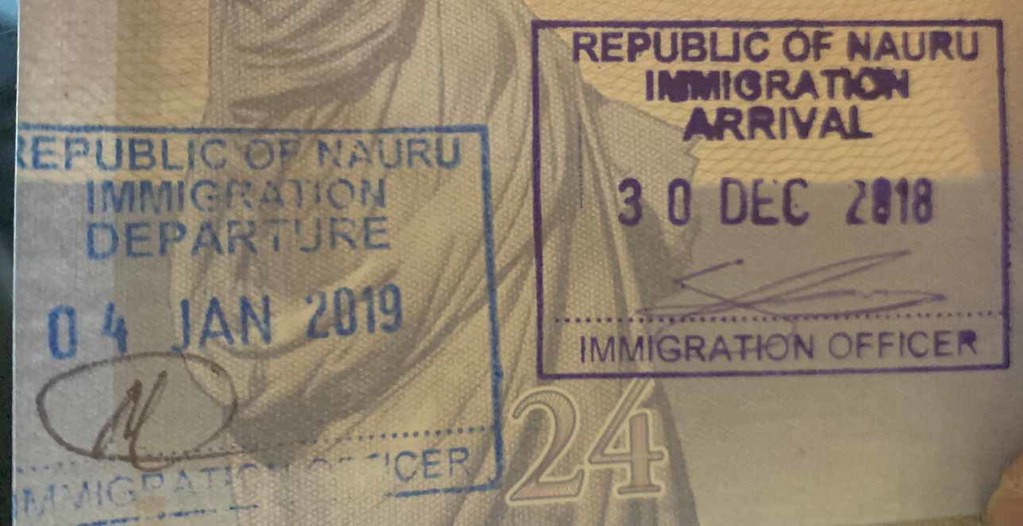
After 5 minutes at the passport counter and a relatively thorough customs check, we finally set foot into Arrivals and otherwise the world’s least visited country.
We quickly got picked up by our hotel outside arrivals…
…and checked into one of reportedly only 3 hotels in the country, The Menen Hotel, which is the the main international hotel of Nauru:
For the record, there are currently 8 ATMs on the island, one being at the Menen Hotel, one at Cappelle & Partner Department Store, and 4 at Bendigo Bank at the Civic Center. However, the guarantee of actual hard cash in these ATMs is not guaranteed — after a day our ATM at the Menen Hotel was run dry, leading us to make trips to Yaren to get out cash. And credit cards at the time of posting are still not accepted here.
Afterwards we wandered about Anibare Beach and the surrounding area.
We then had dinner at Anibare Restaurant by the hotel before doing a night’s walk in the pouring rain.
We happened upon Anibare Community Harbor, financed by the Japanese government and the only place on the island where you can have a safe swim. A few of us jumped in the warm waters here with some local kids.
Day 2 – Dec 31, 2018
New Year’s Eve
Because Nauru’s size allows for it to lack an official capital city, it does boast a “capital village” in Yaren (aka where the airport is). So we headed there after an 8am breakfast to check out the Parliament Building and the Office of the President:
If you’re in need of souvenirs, there is a “main gift shop” and post office for some memorabilia at the Civic Center past the airport. This is also the only other place to get cash from an ATM.
Down towards the coast are the surreal ruins of the former phosphate mining facilities of Nauru’s richer past. Here you can find plenty of abandoned industry and shipwrecks at the port.
And up the road is Nauru College:
Obviously, my people are everywhere: 8% of people here are Chinese!
So we meandered over for a hearty Chinese lunch at the adjacent Anibare Harbor Restaurant we decided to obtain bragging rights to say we walked around a country in one day — Nauru is the only country in the world where it is actually possible to do this in 4-5 hours!
And while doing our first loop around the country, we stopped by “Chinatown” which is more of a line of dollar shops than it is a town:
These toys are all wrong though!
Near the north part of the country is “downtown” in the vein of a giant Cappelle & Partner Department Store, the largest of which on the island:
Luckily the best party in town for New Year’s would be held right at our own hotel, so we headed back for dinner and a few drinks before congregating at the hotel’s poolside.
At midnight we all jumped into the pool with an eclectic mix of refugees, expats and locals to see 2019 in no other random, crazy way than in the least visited country in the world!
Unfortunately for music we lacked a DJ. As random people were scrambling through songs on YouTube to keep the party going, I stepped in to help out with my playlists of parties past. Speaking of which, this makes Melissa’s and my 3rd new year’s eve together!
Day 3 – Jan 1, 2019
Starting Off The Year By Walking
An Entire Country In One Day!
And what should we do as our first item of business for the new year?
After a quick swim at Anibare Community Harbor and another Chinese lunch at the adjacent Anibare Harbor Restaurant, we decided to obtain bragging rights to say we walked around a country in one day — Nauru is the only country in the world where it is actually possible to do this in 4-5 hours!
Of note, we passed by the emblematic phosphate deposits on Anibare Beach:
And a special tree house:
I finished the whole walk in 4.5 hours, having taken 30,000 steps across 15 miles. I am never going to do this again.
Day 4 – Jan 2, 2019
Inland aka “Topside”
For our fourth day in Nauru, we headed inland first first to explore much of the abandoned and nearly scuttled phosphate mines that once dominated Nauru’s economy.
Even if people are still kinda working here, this can be a playground for any urban explorers. Make sure you’re up to date on your tetanus!
Our next stop was an empty Supermax prison, population: 0.
Later in the afternoon we took a quick look at the infamous detention and regional processing center, which has now been shuttered and mostly another refugee camp.
We met a few Rohingya Muslims still living here who recently had fled Myanmar. They even invited us into their room for a few minutes to speak with us about their lives here.
We then explored a few World War 2 relics still scattered about, including an old Japanese gun:
…as well as an old Japanese prison:
…and finally a giant Japanese artillery cannon on top of Command Ridge which takes a quick 10 minute hike up a hill and Nauru’s highest point.
You can even climb inside and try to start it up again:
From here you also can get glimpses of the leftover phosphate stockpiles that still remain on the island. This sun-bleached forsaken area is also known as Topside:
After all this we definitely needed a drink, so we began the country’s first official pub crawl at Jules bar:
Then we had dinner at one of the only non-Chinese restaurant in the country, The Bay Restaurant:
And finally finishing up at Reef Bar next to our hotel:
Day 5 – Jan 3, 2019
Our Last Day
For our last day in Nauru, we hiked over to Buada Lagoon, the only freshwater lagoon on the island and an otherwise peaceful area surrounded by palm trees.
After a 10 minute walk around the lagoon, we drove off for some cave spelunking. We first stopped by a mosquito-infested cavern in the Anibare area, where a tribe of 500 villagers were massacred many years ago.
Be careful crawling in — you’ll have crouch down pretty low to see where it leads as you’re getting eaten alive by the plenty of mosquitoes breeding here.
After about 20 minutes here we drove towards to the airport to check out Moqua Well, a secret cave that once served as the country’s primary source of fresh drinking water during the Japanese occupation.
You’ll need a guide to help you find where it is, or ask some villagers to point you in the right direction. You’ll know you’ve reached it when you take a small 4 minute hike through some shrubbery to see this graffiti’ed wall.
Afterwards we all headed back for an early end to our day; tomorrow we wake up at 3am to make our 5:15am flight to Kiribati.
It’s been real, Nauru.
Update: At the time of posting, it appears that the detention situation has dramatically improved. Citing the “devastating mental health crisis”, there has been a large-scale evacuation of nearly all the refugee children off of Nauru in the past week.
![]()
- At time of posting in Nauru, it was 31 °C - Humidity: 75% | Wind Speed: 18km/hr | Cloud Cover: clear

